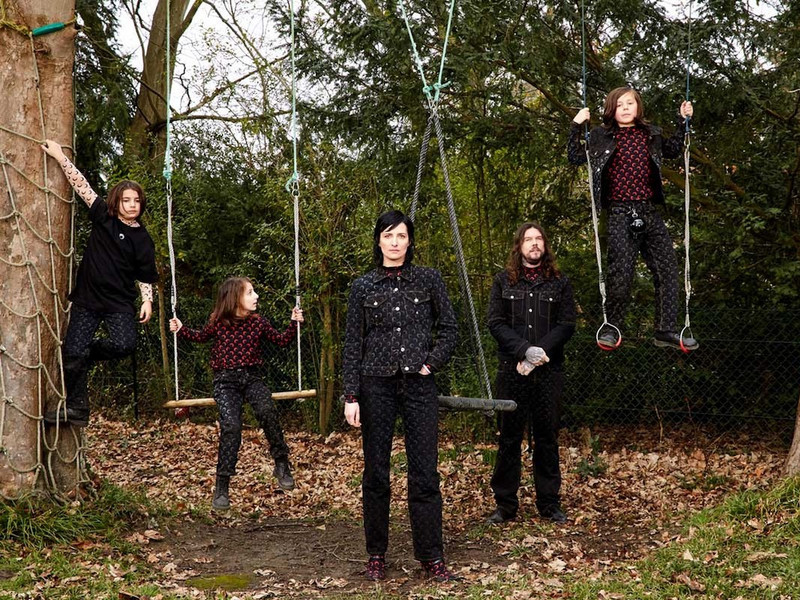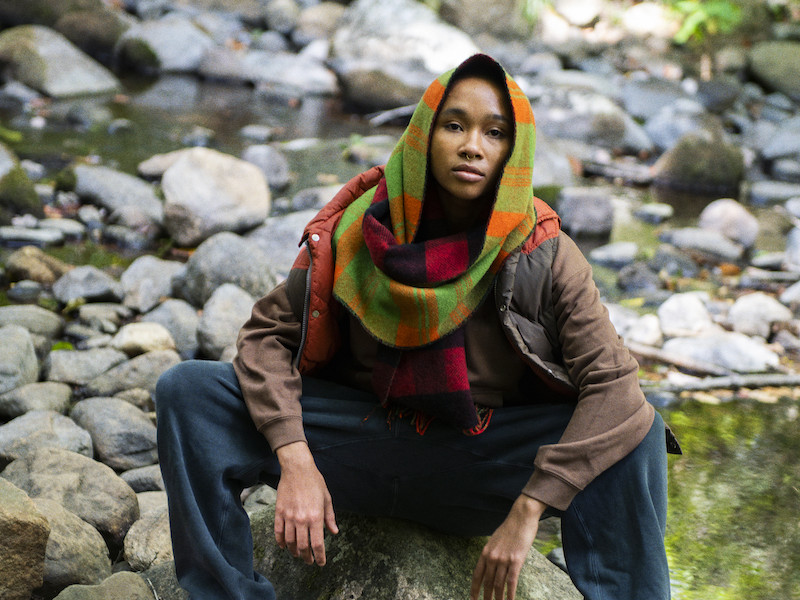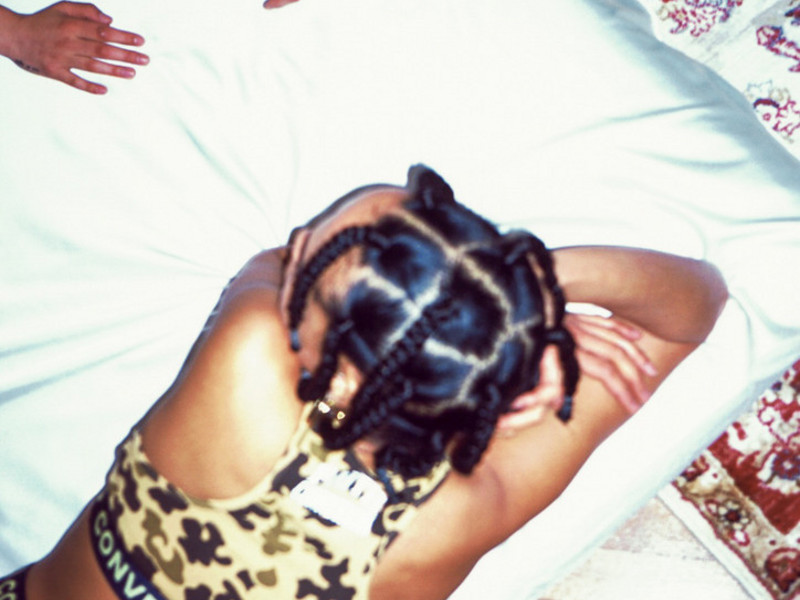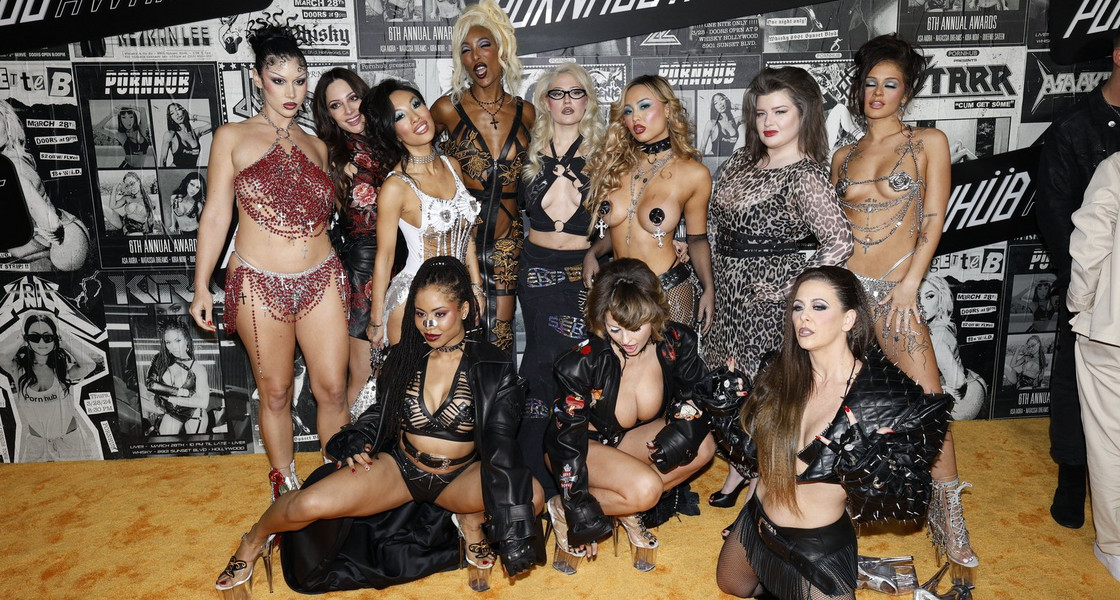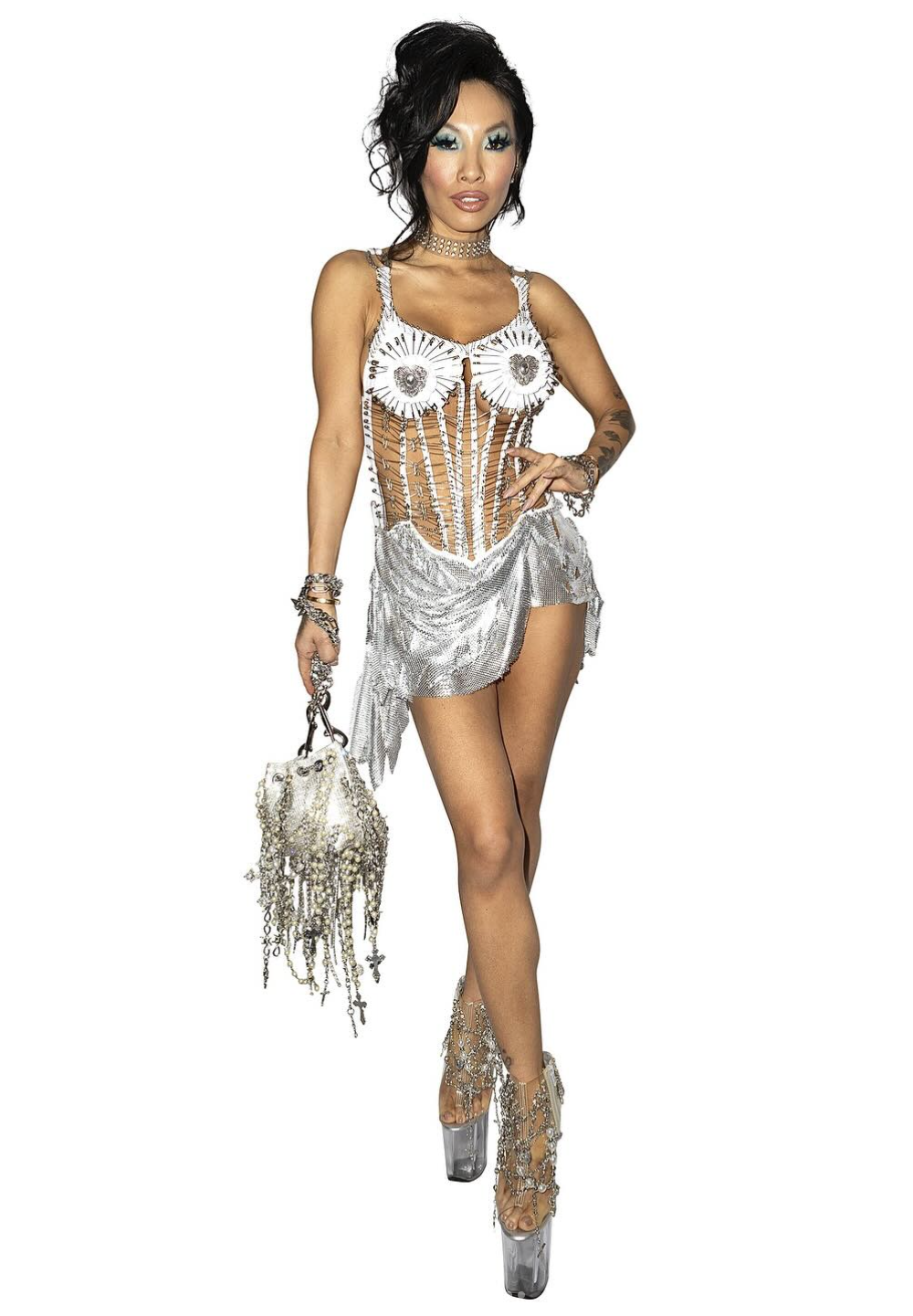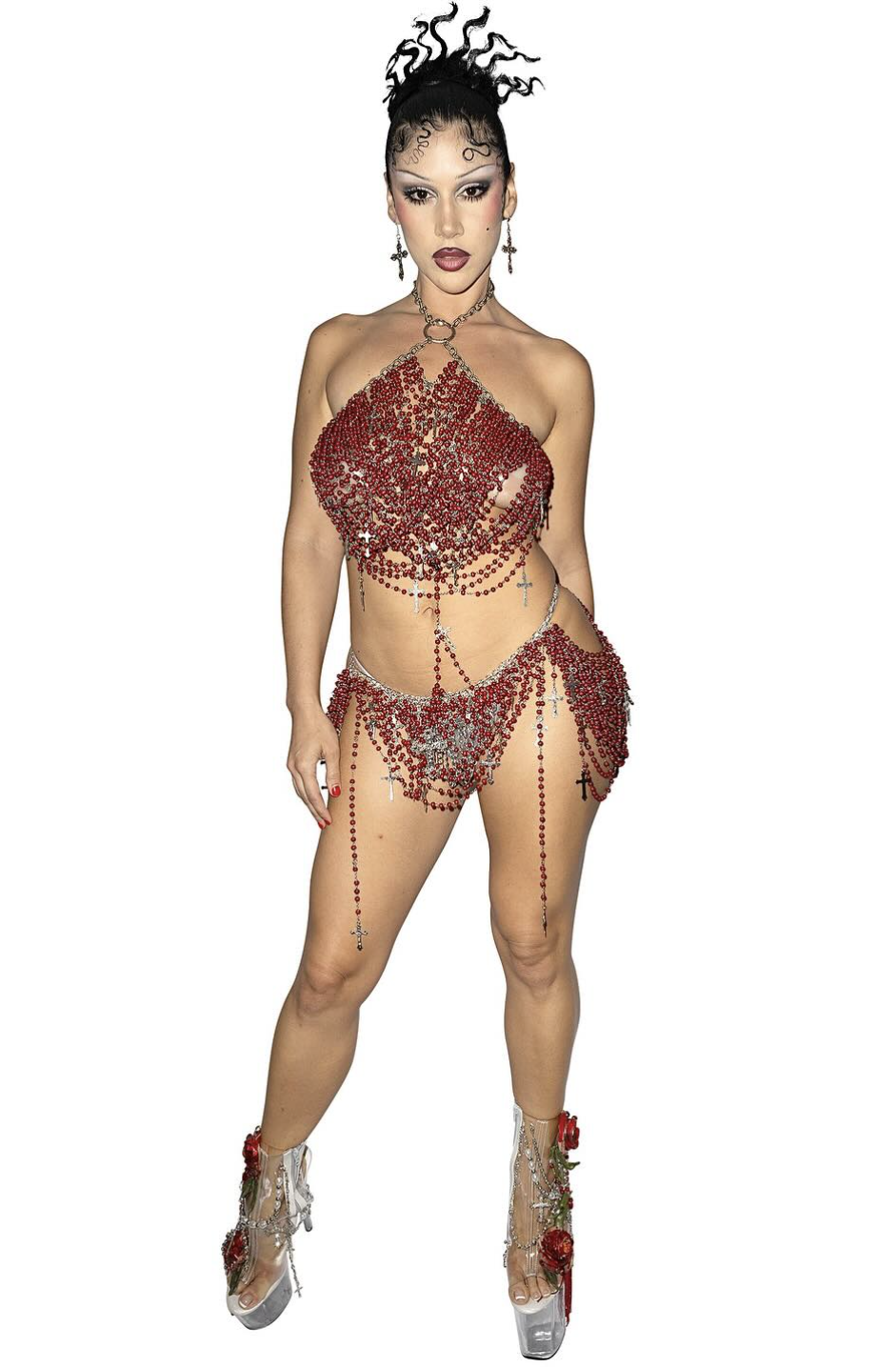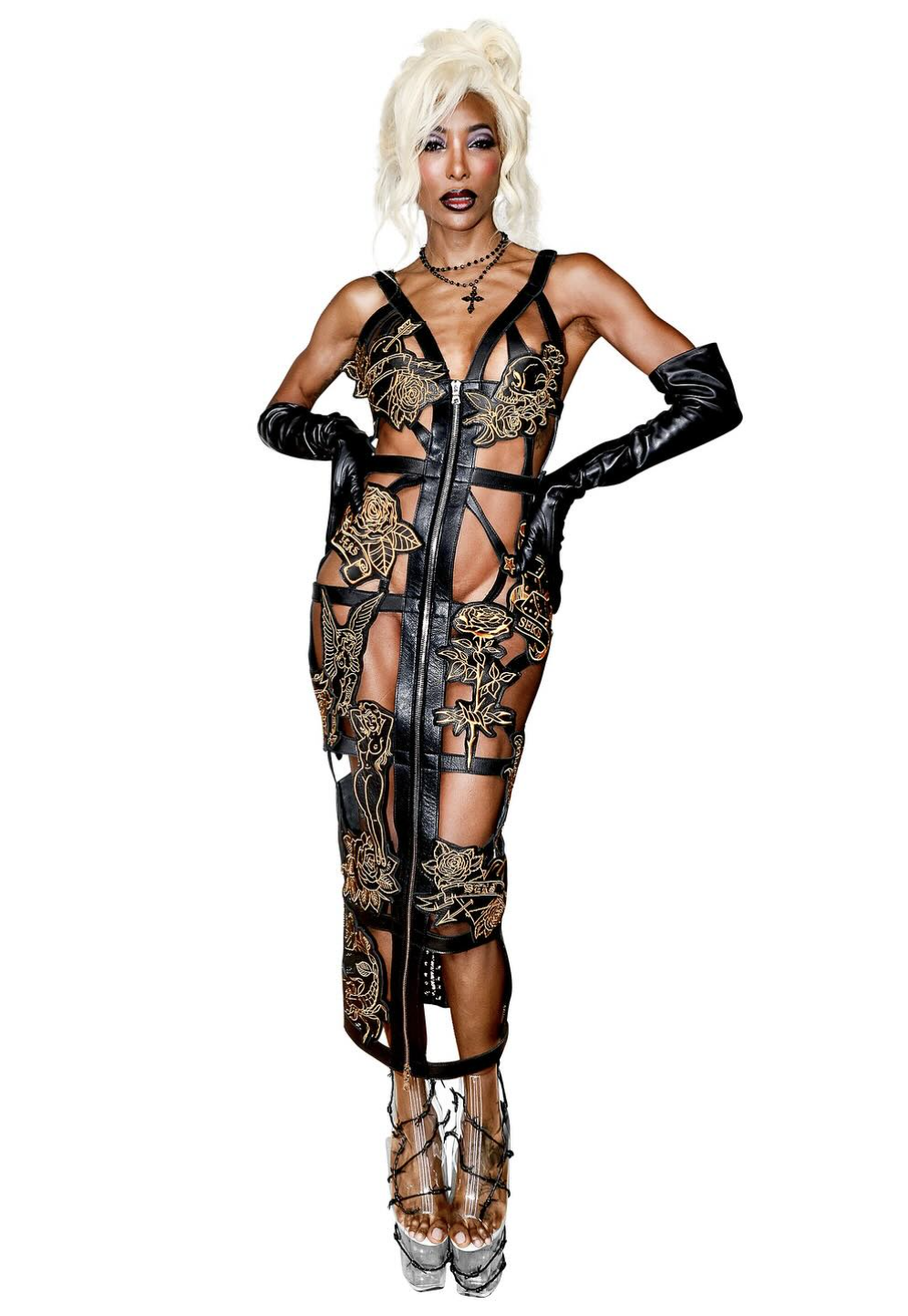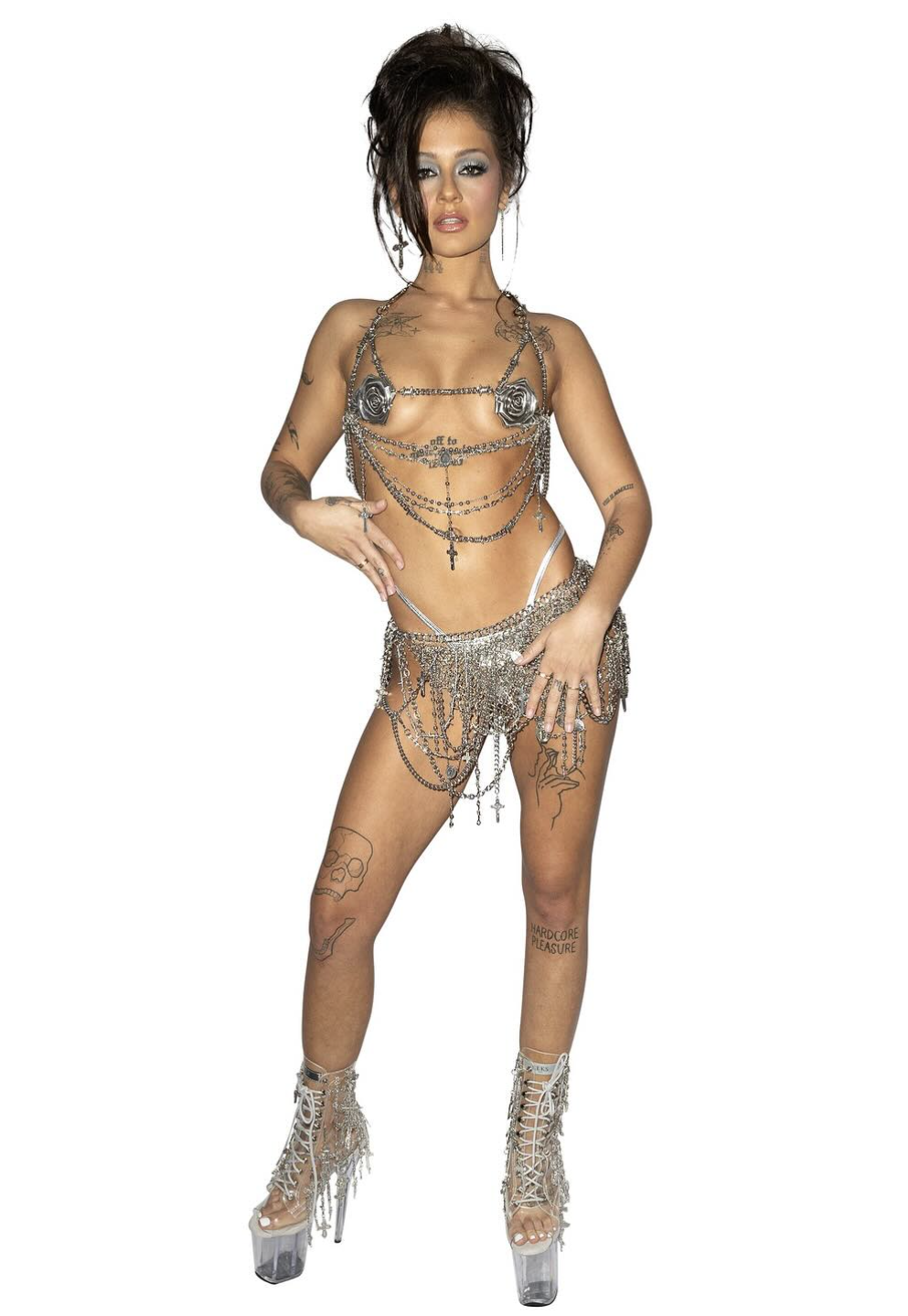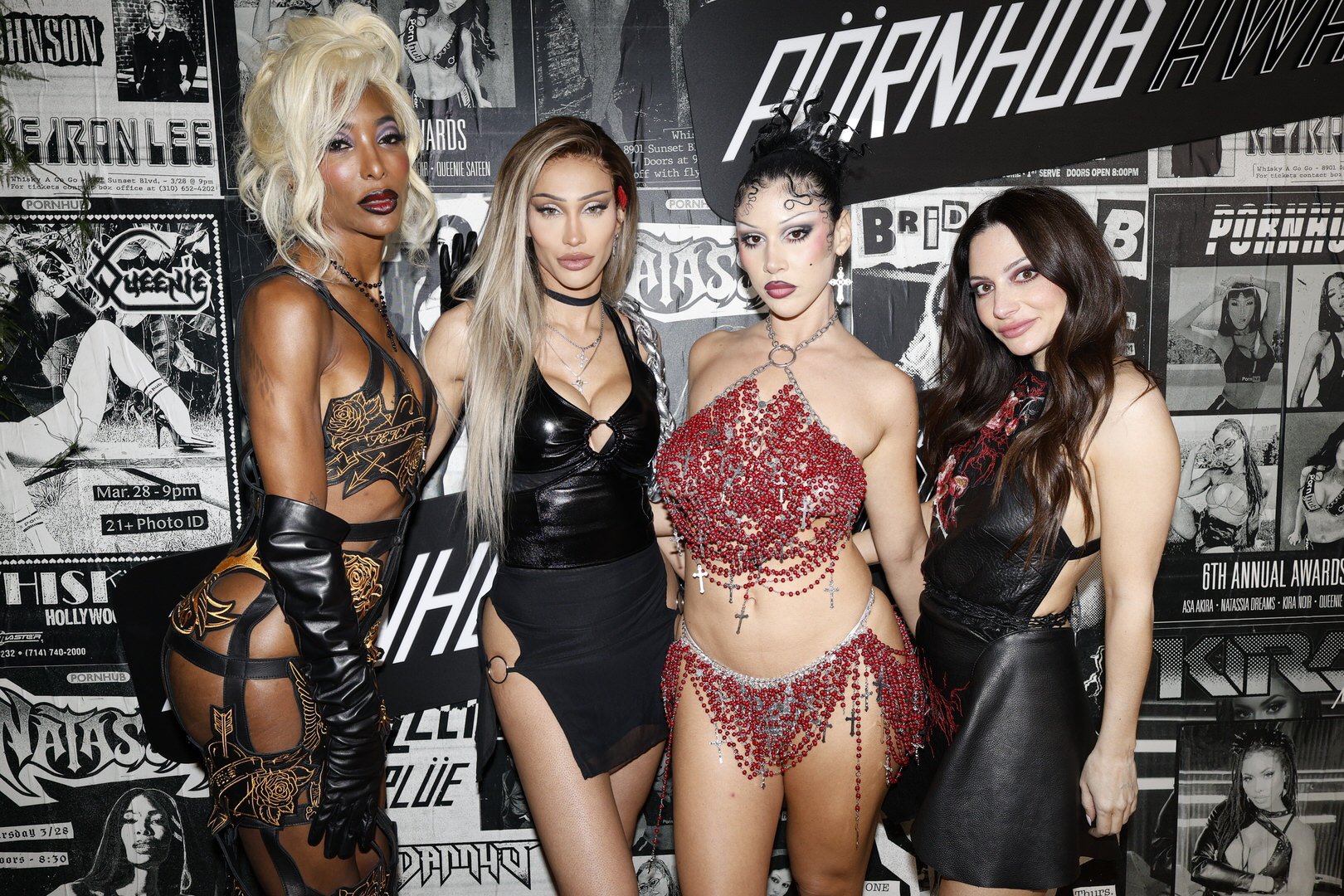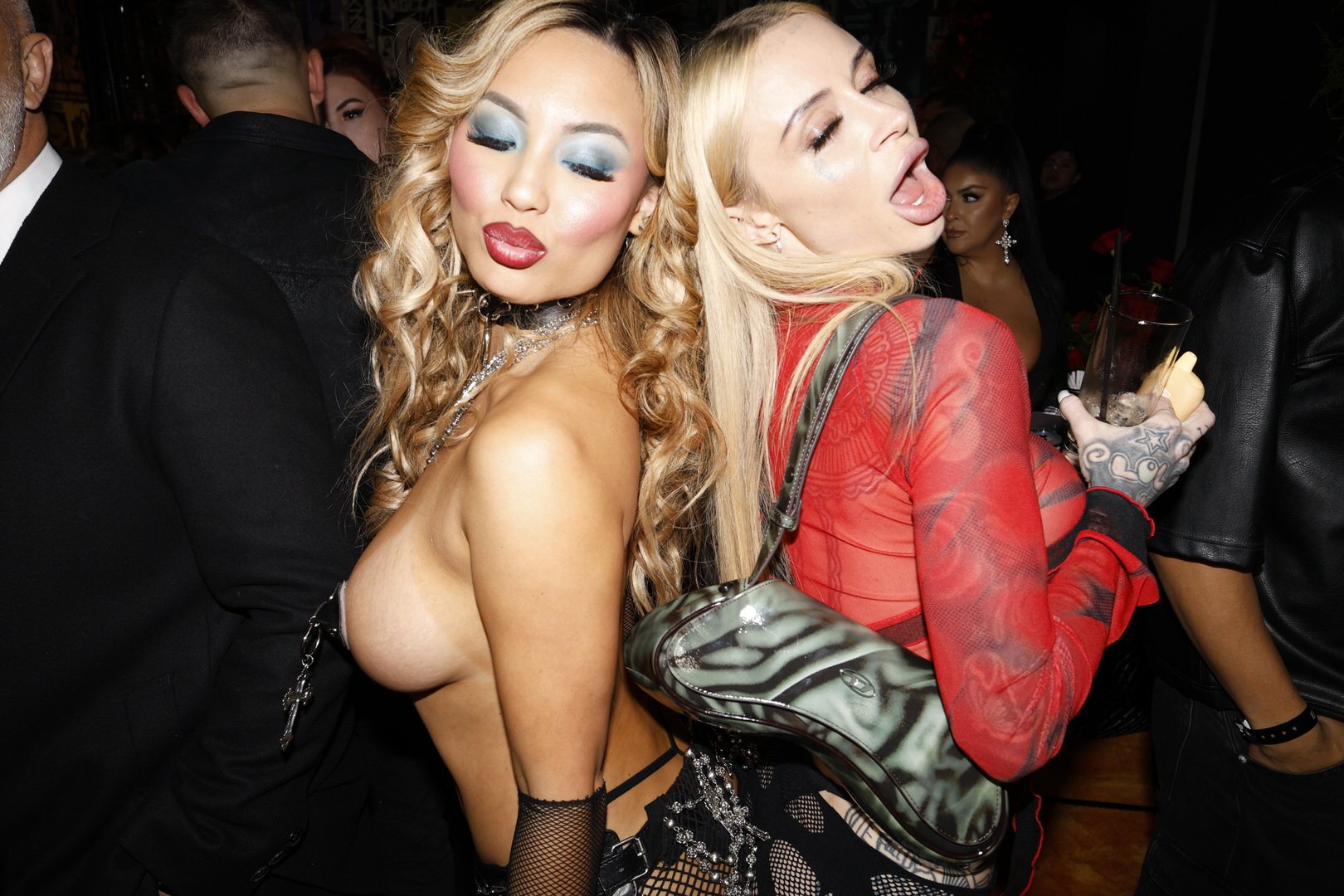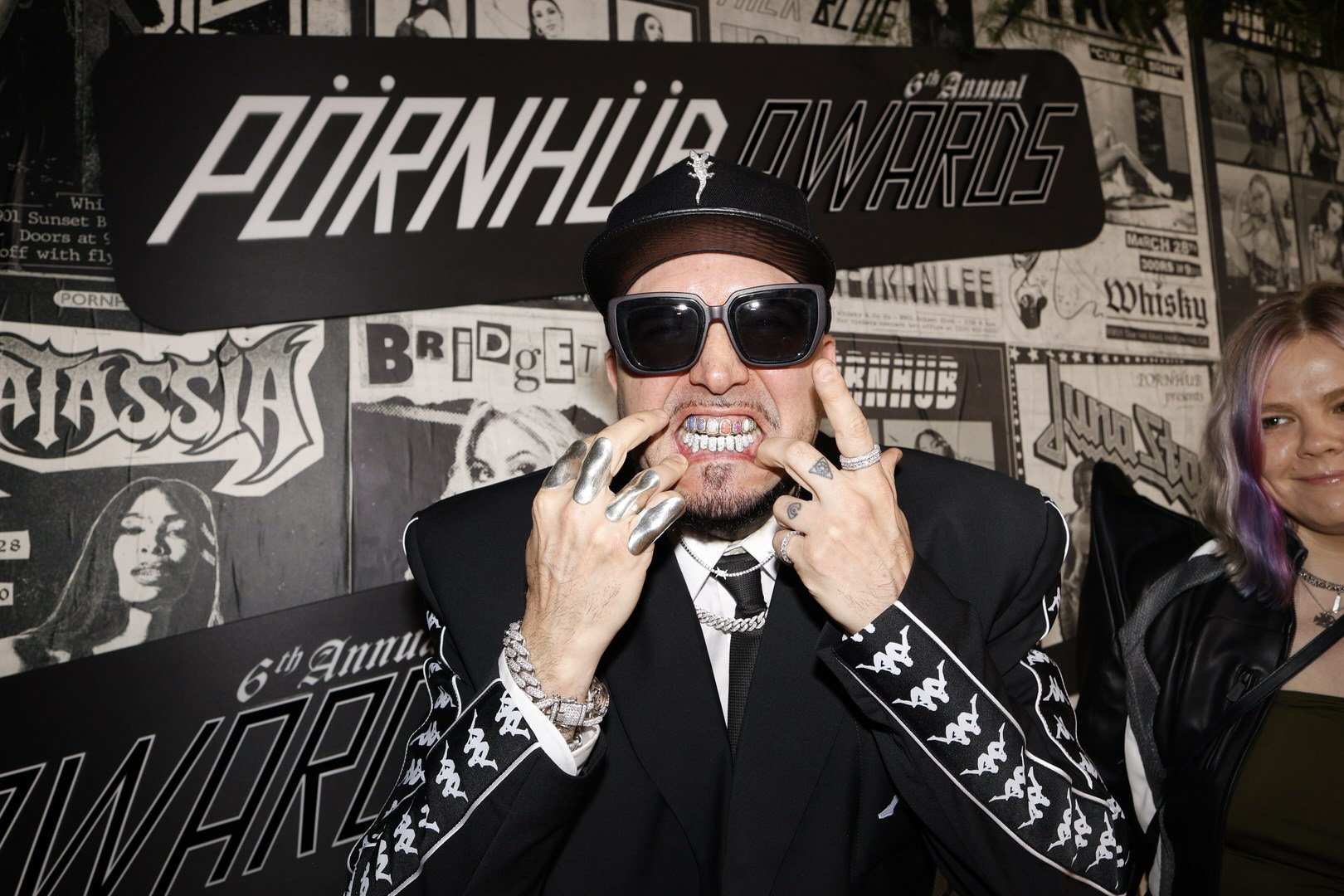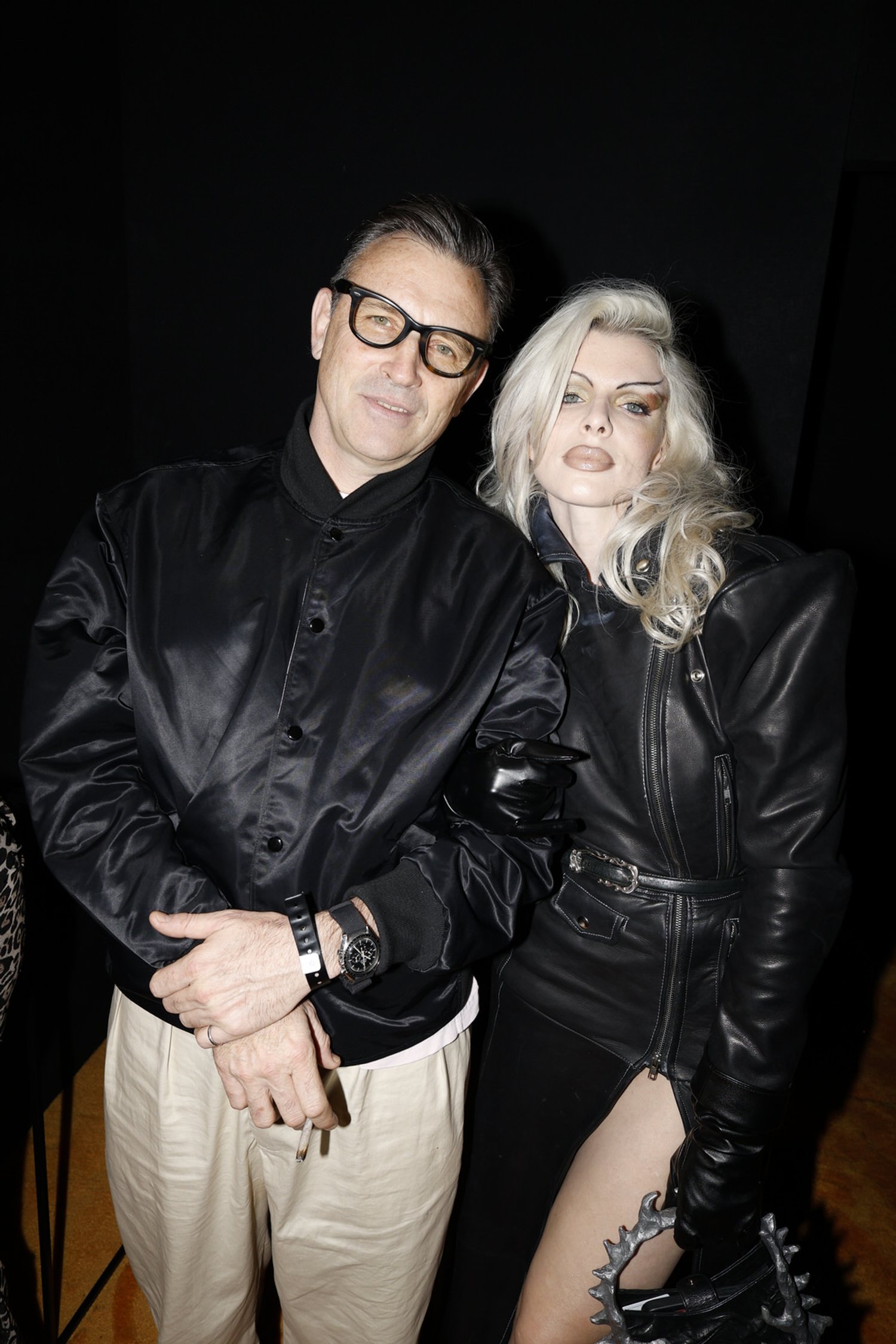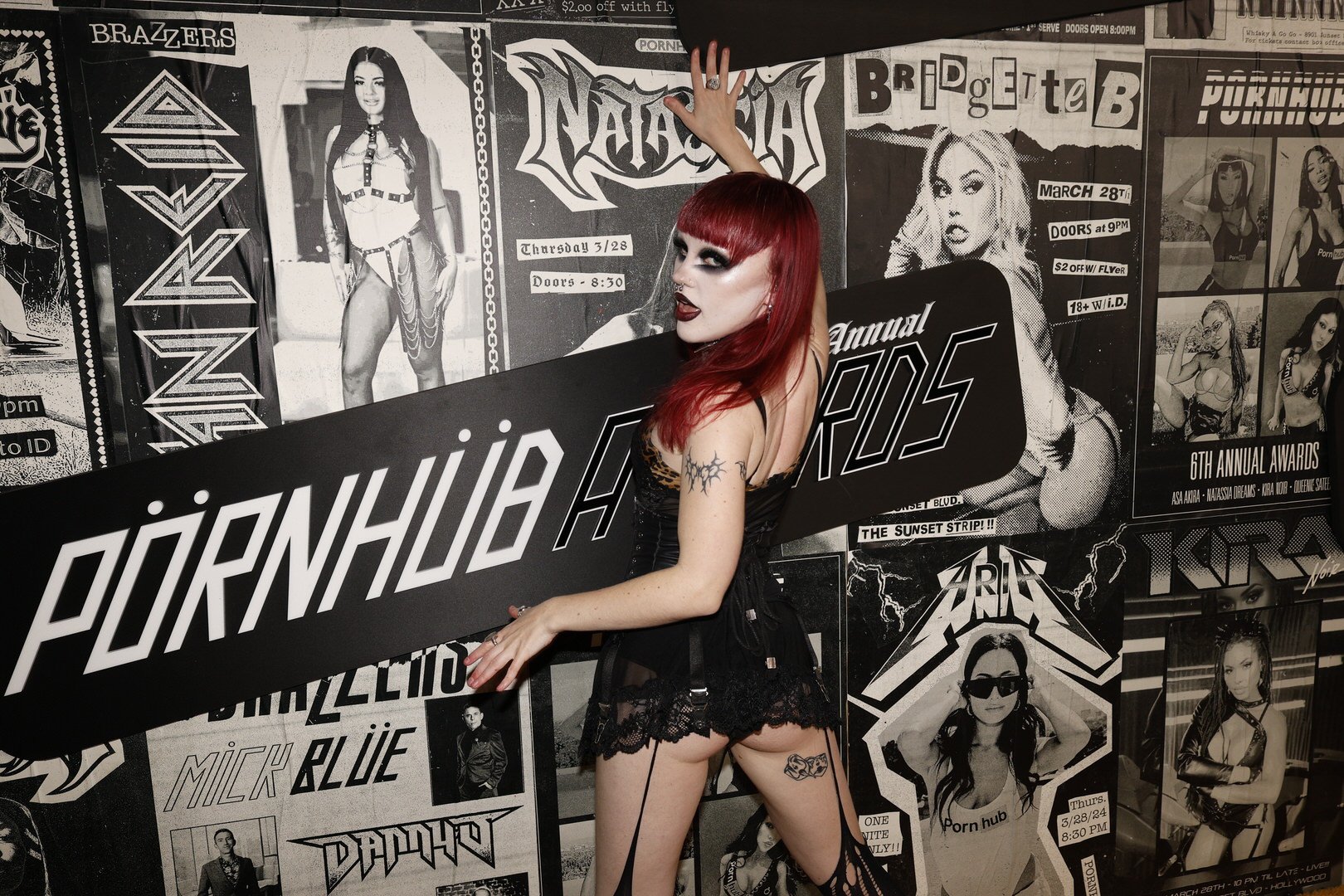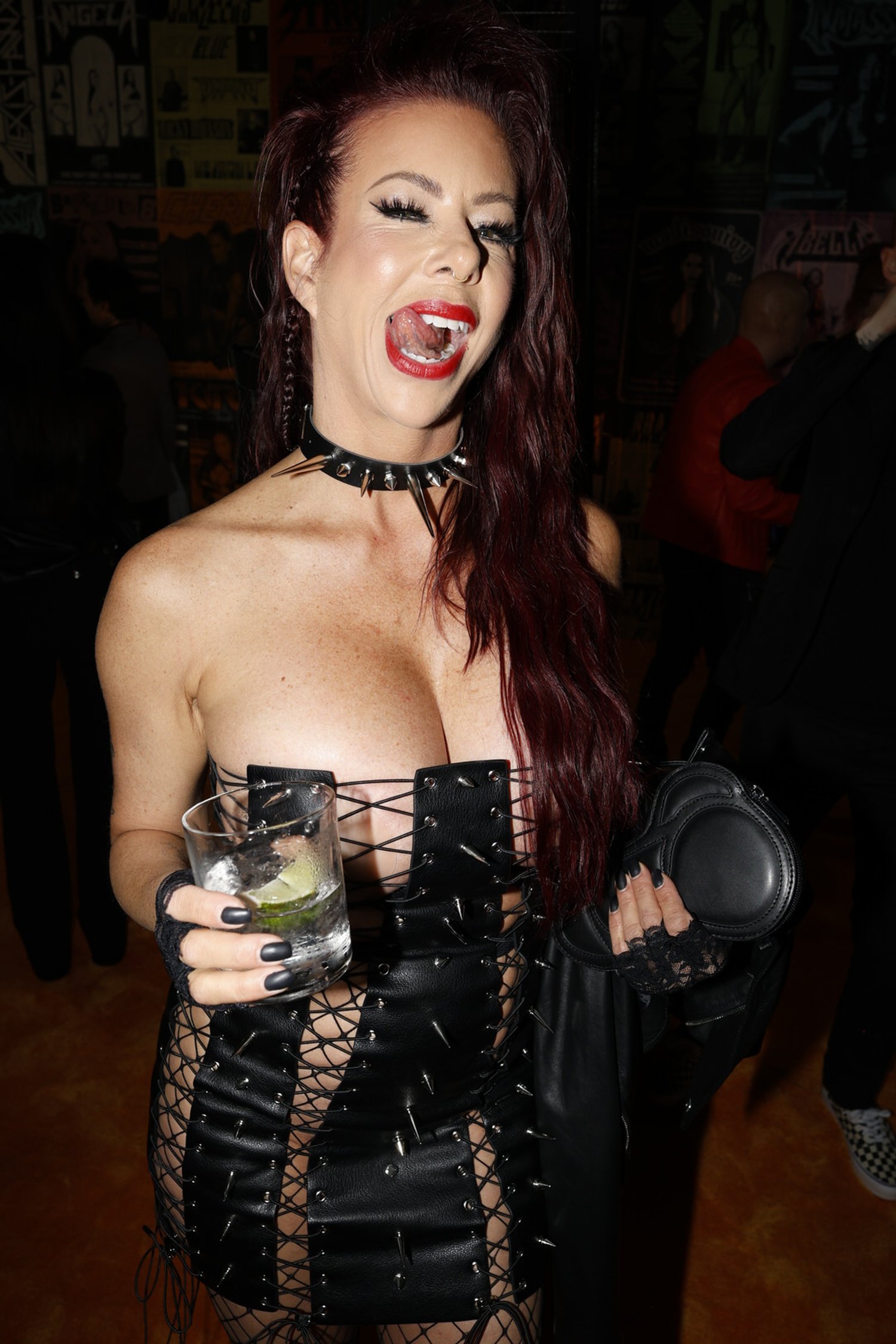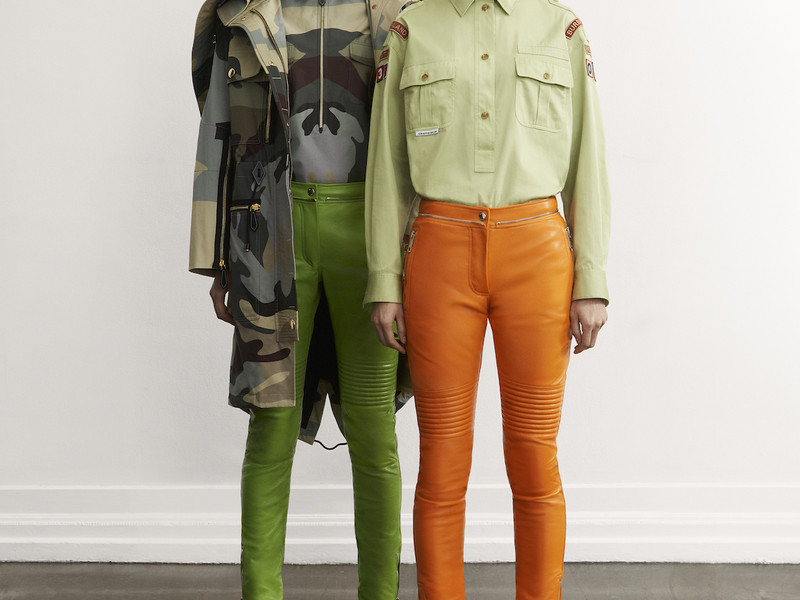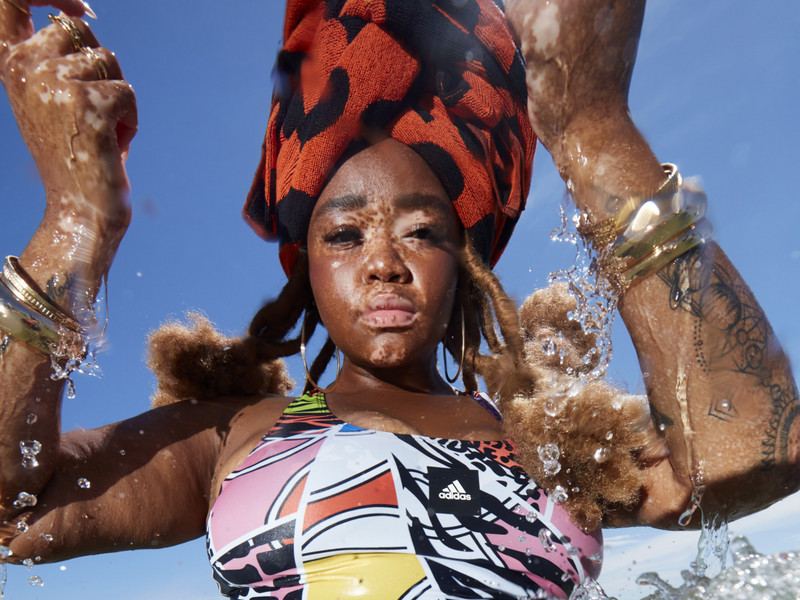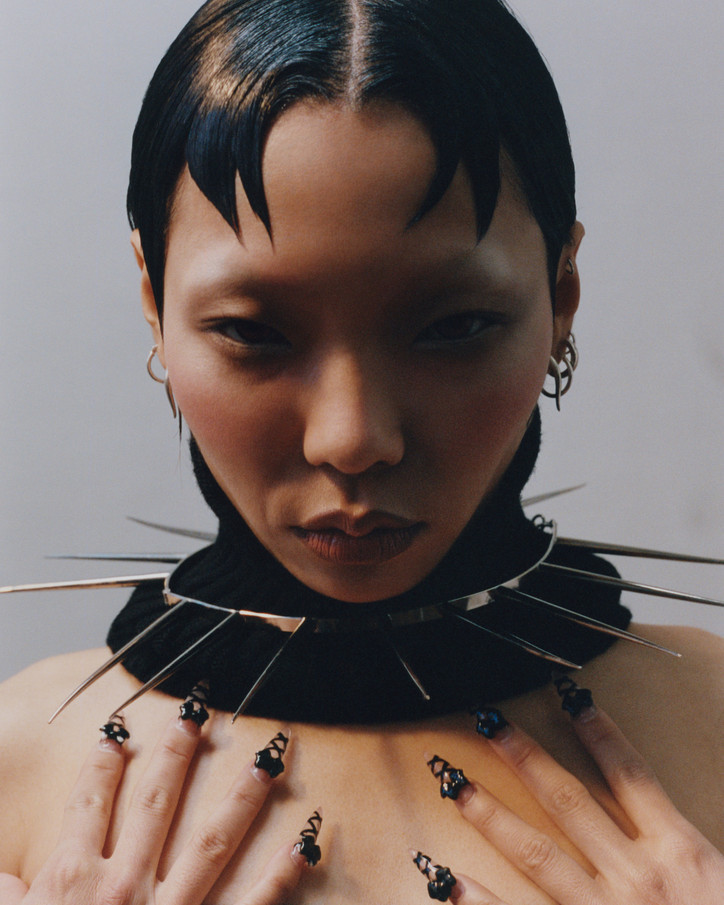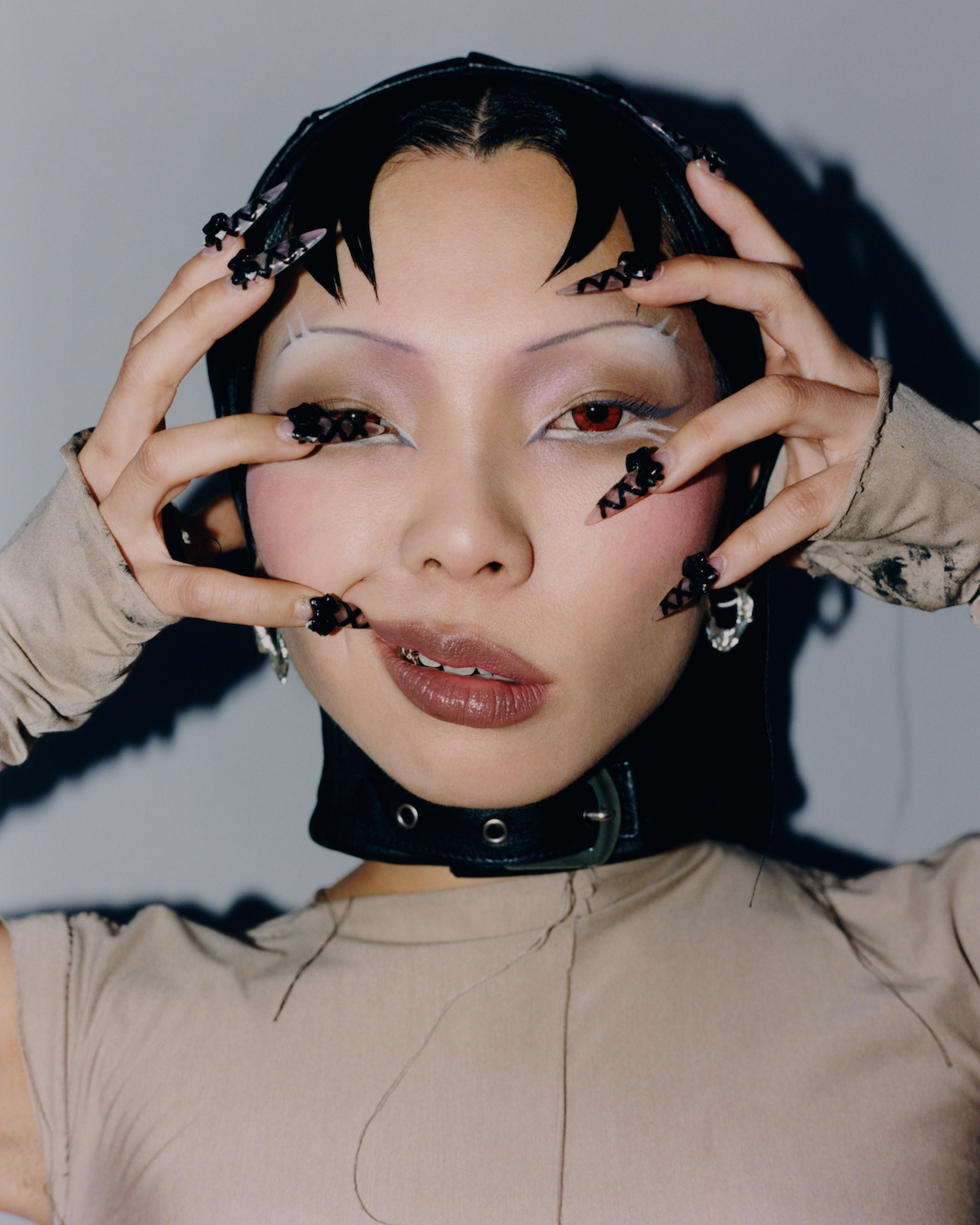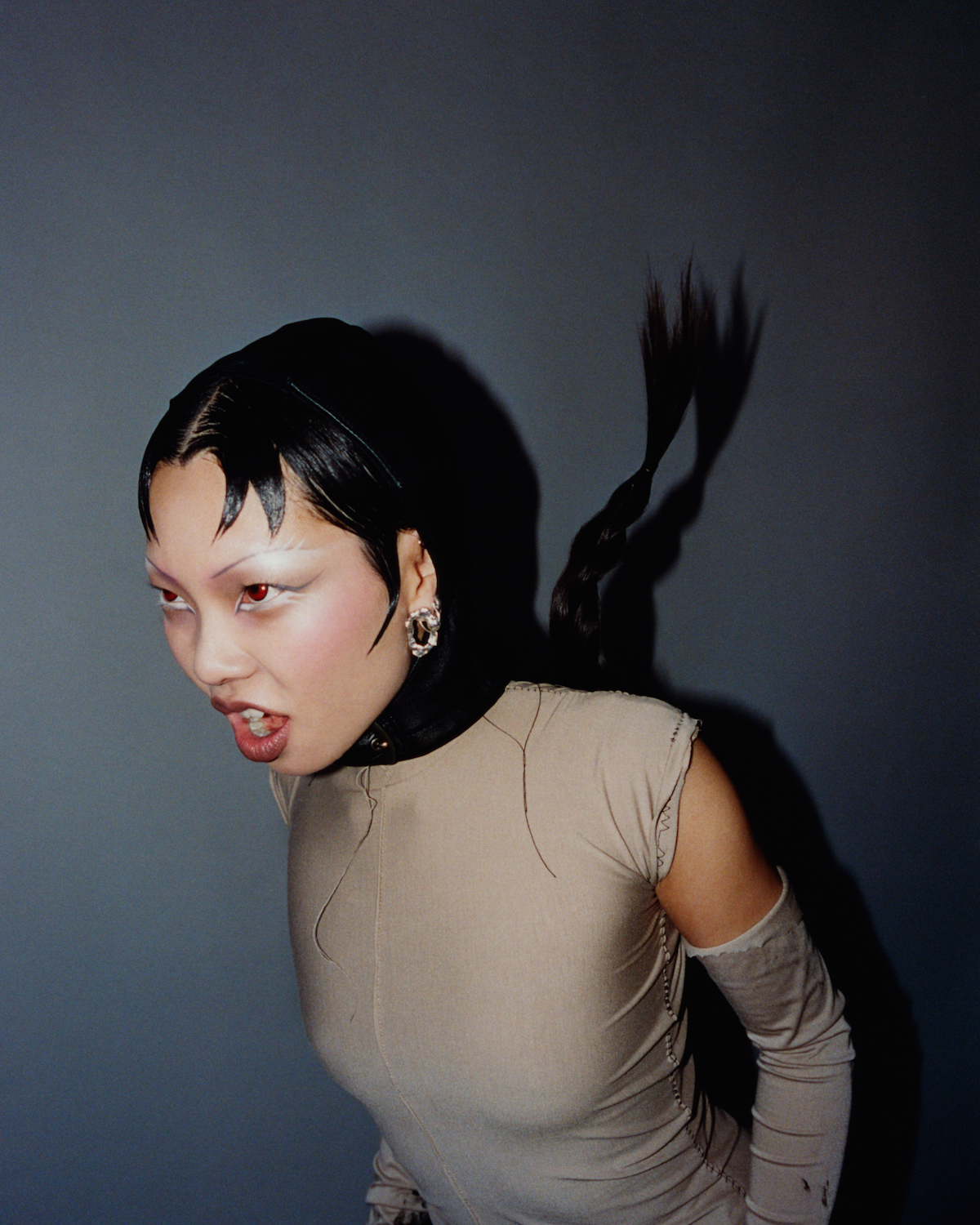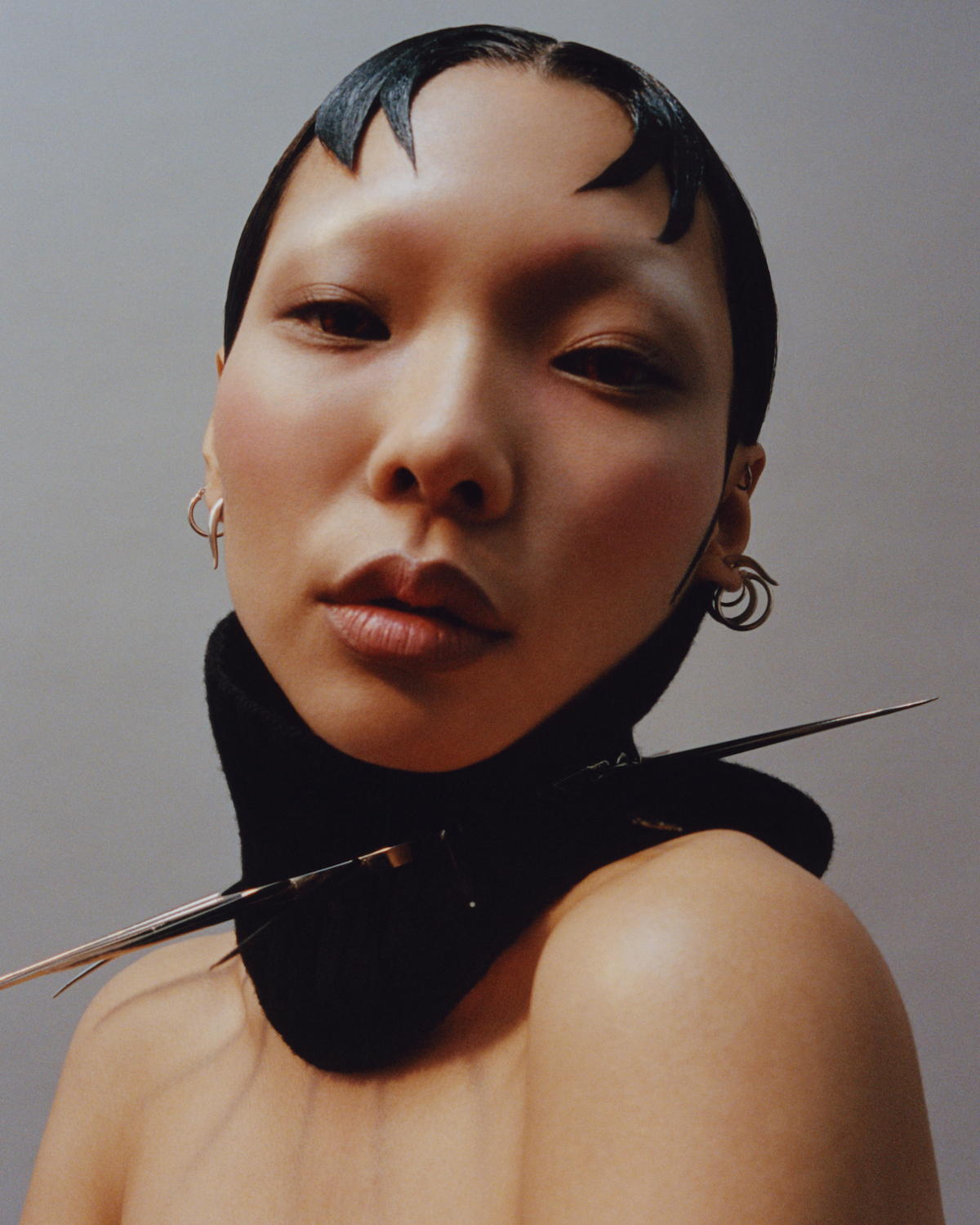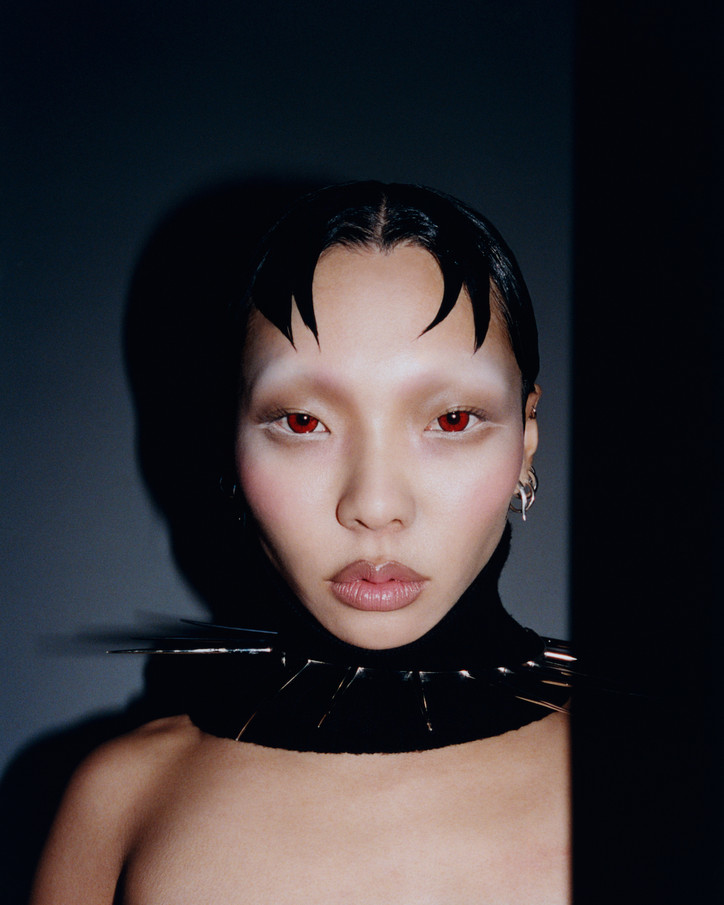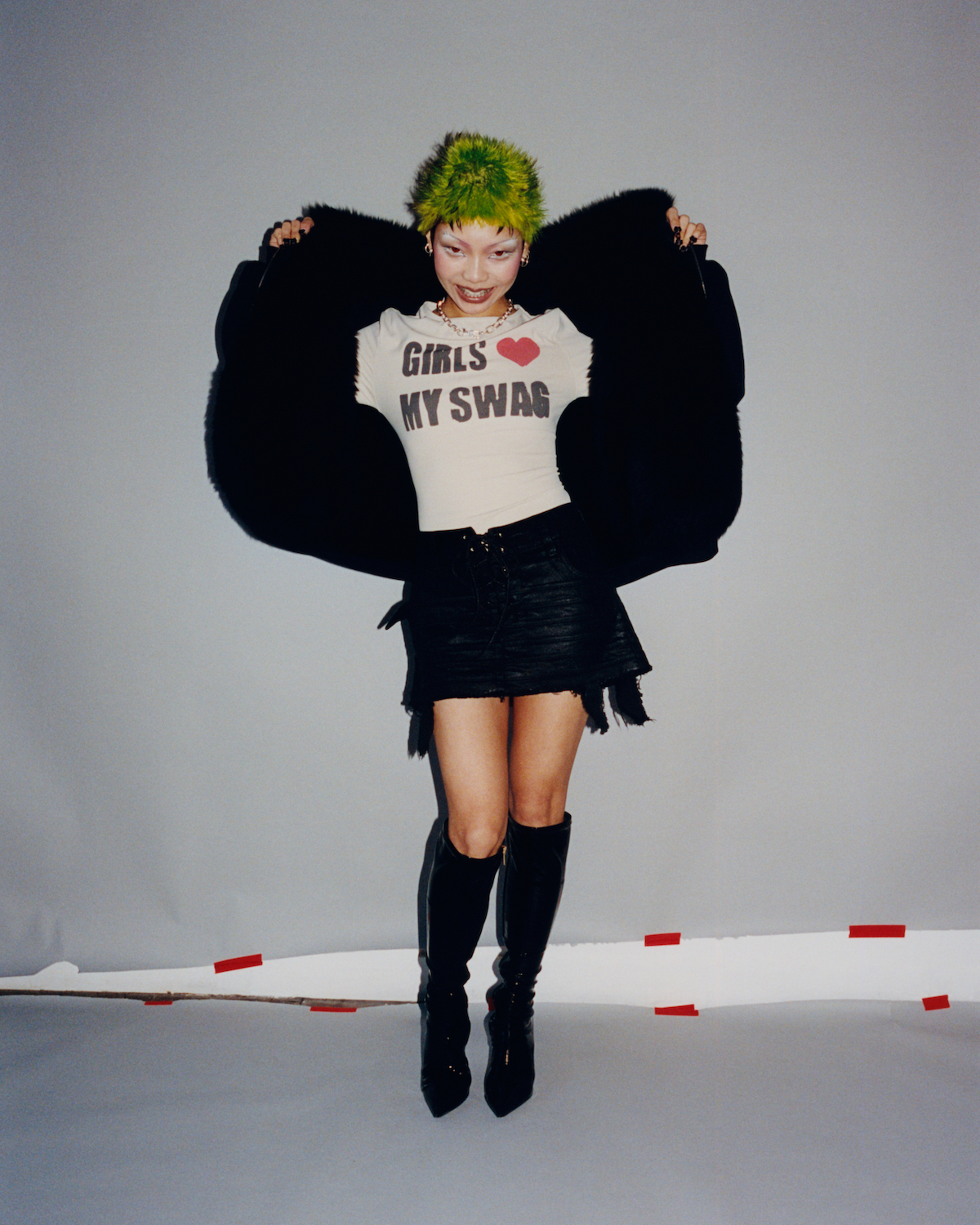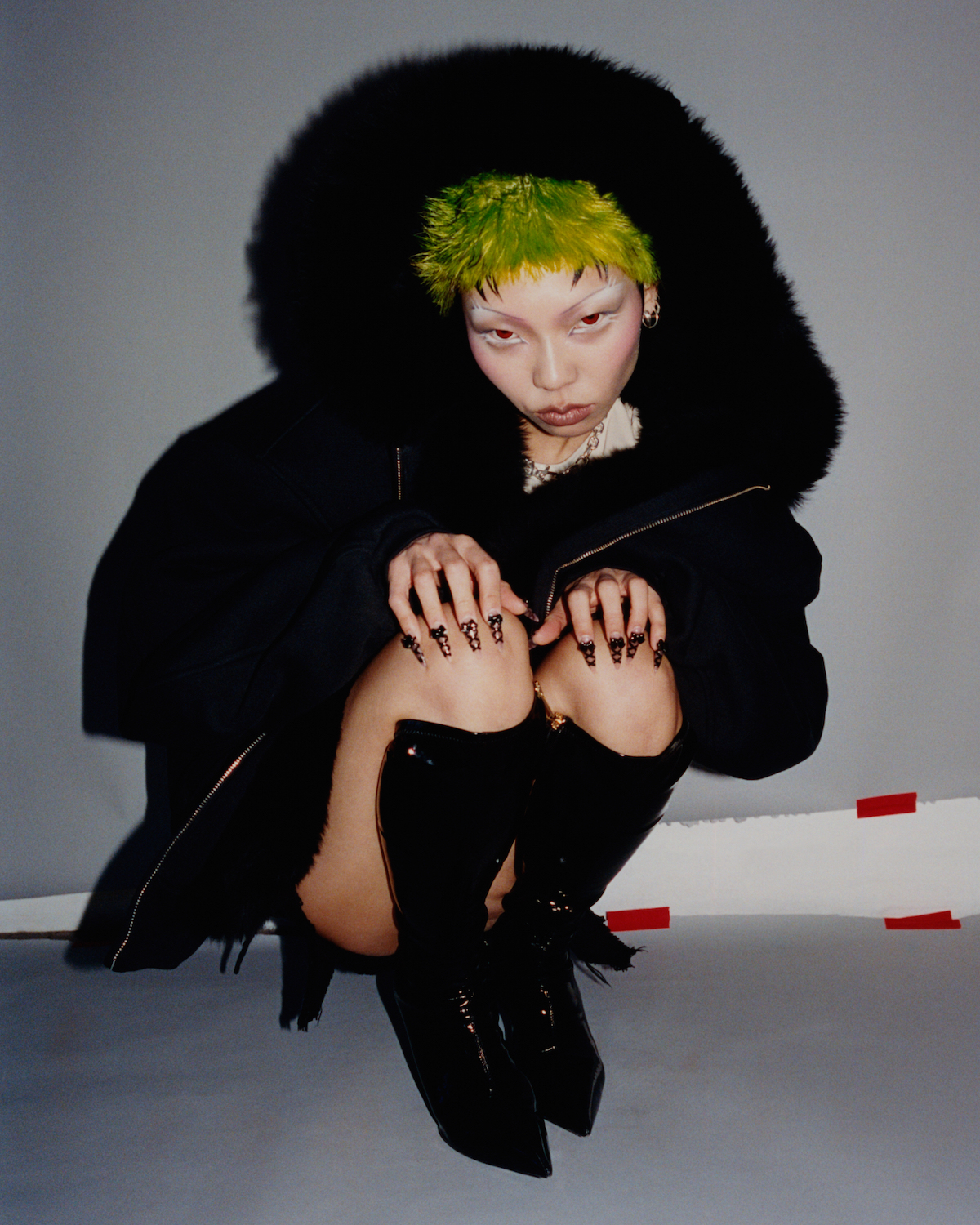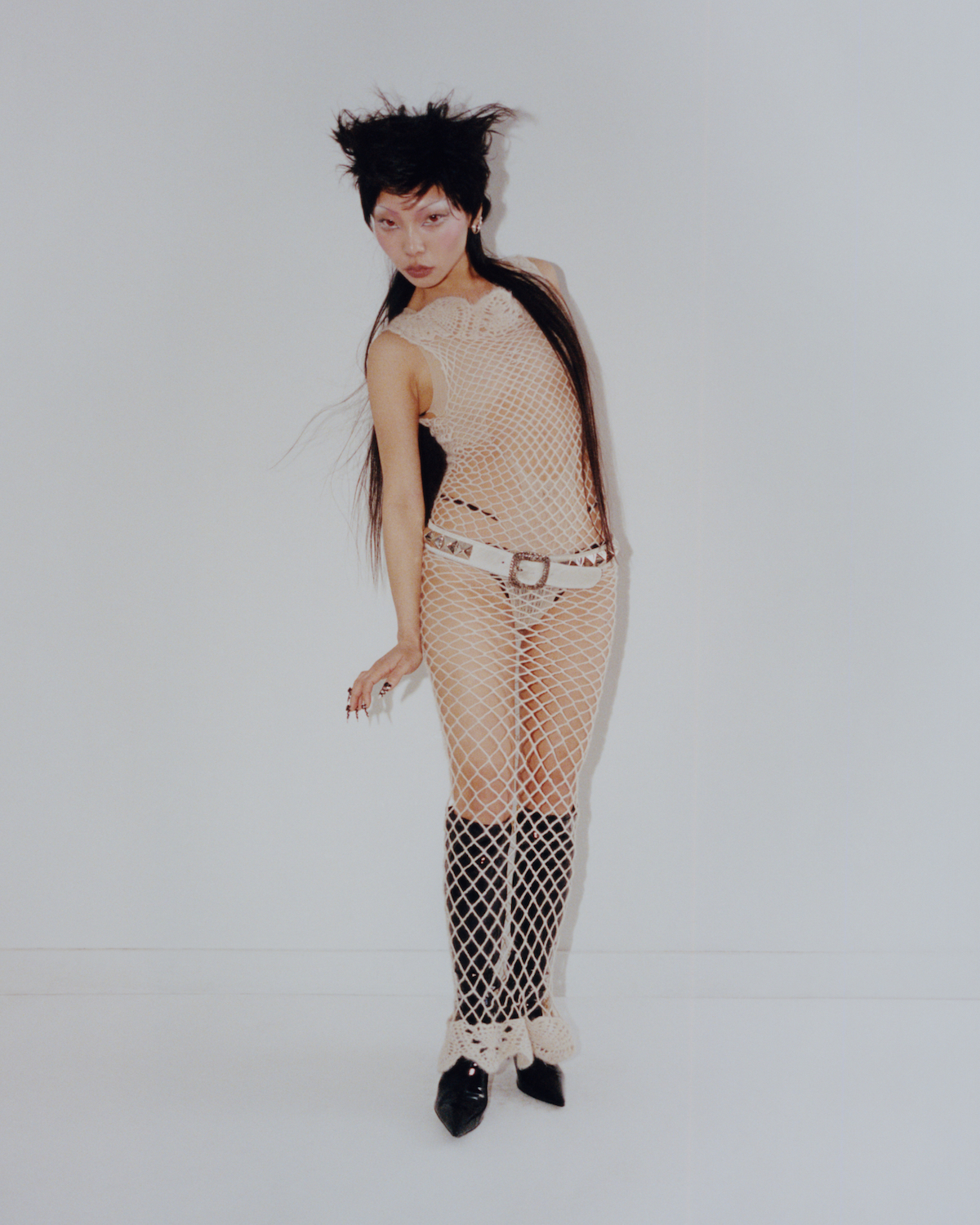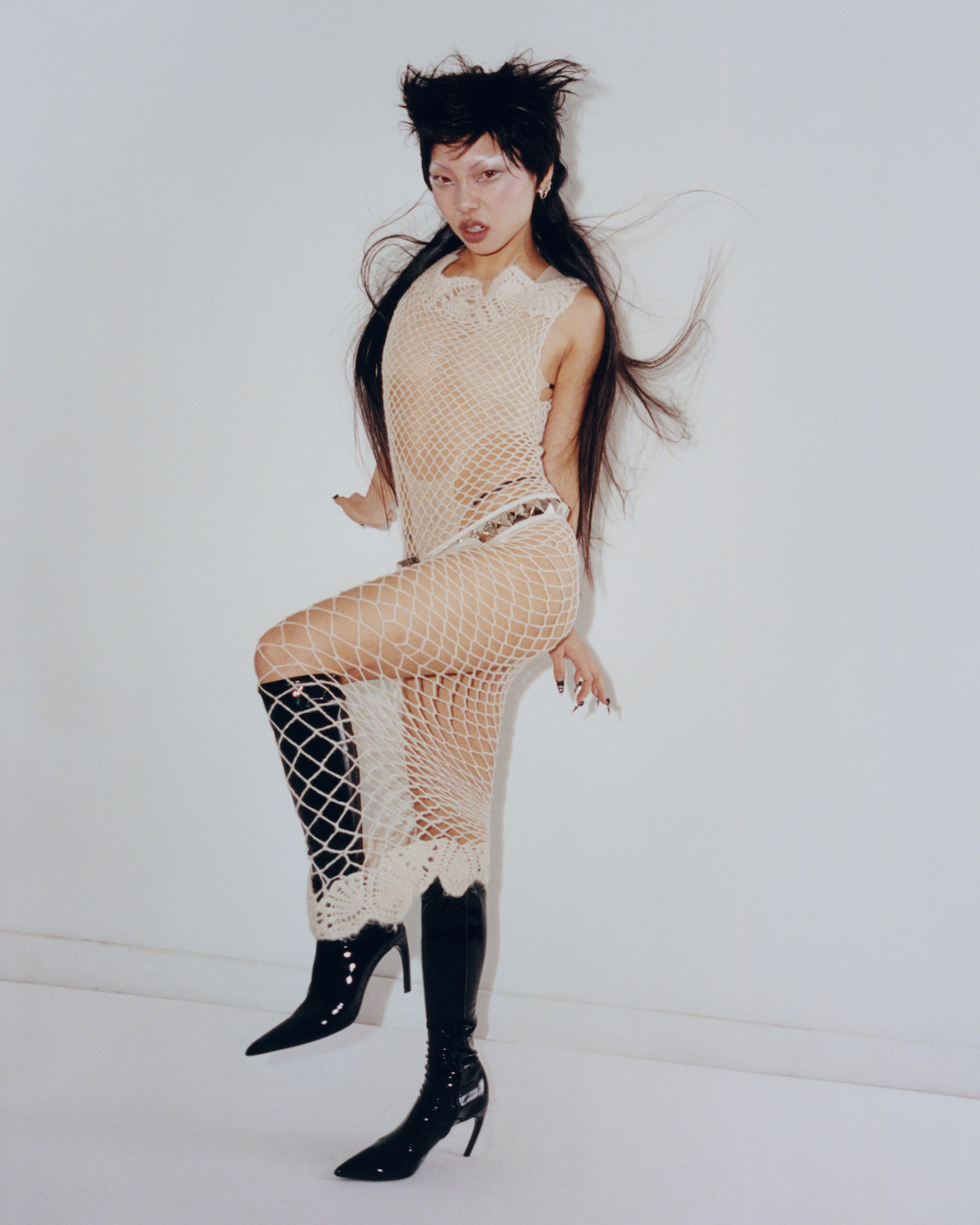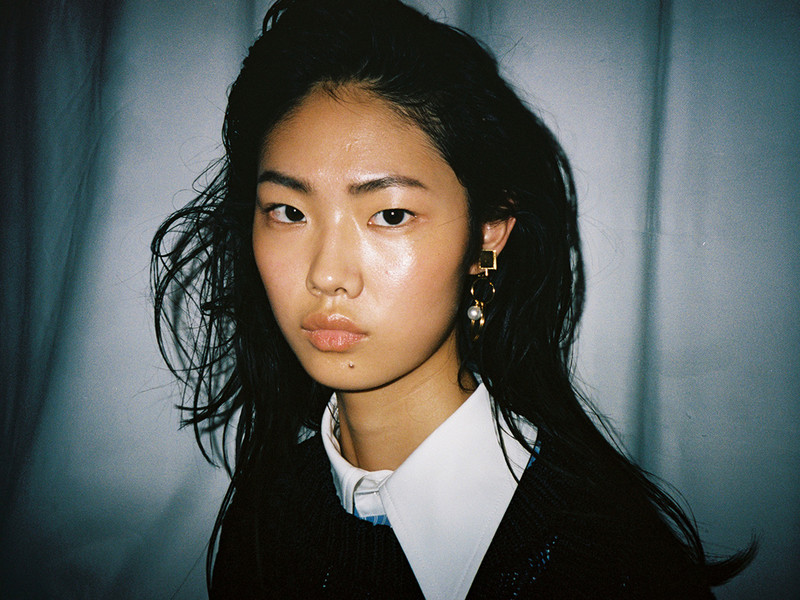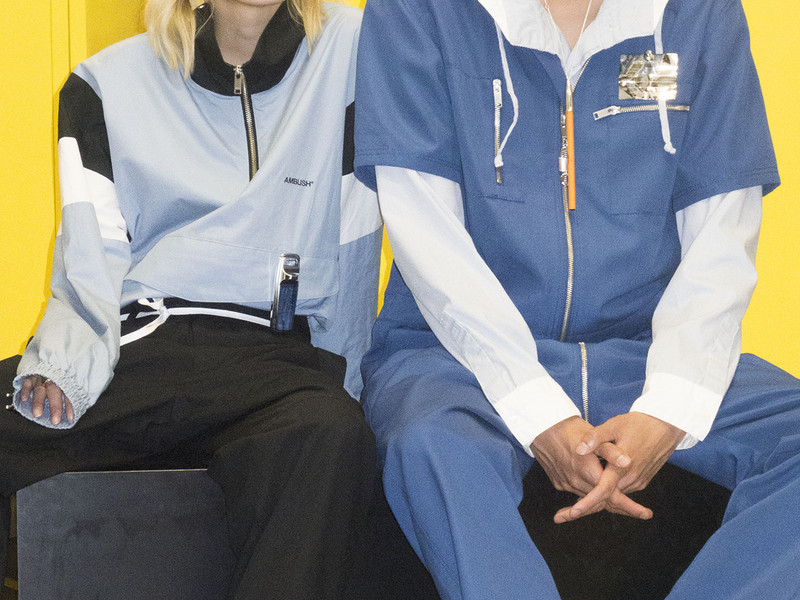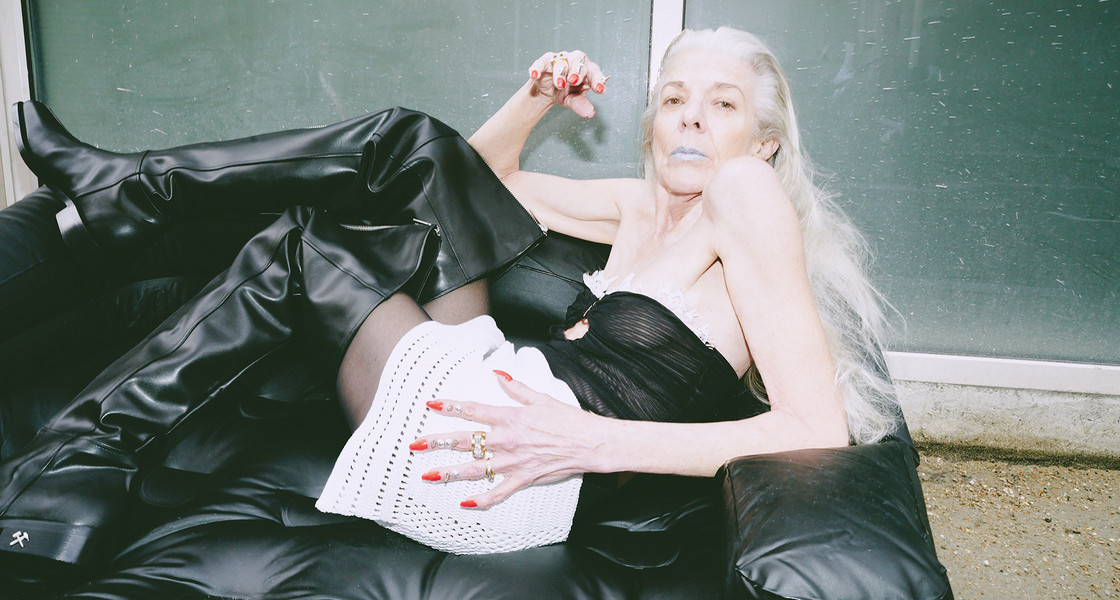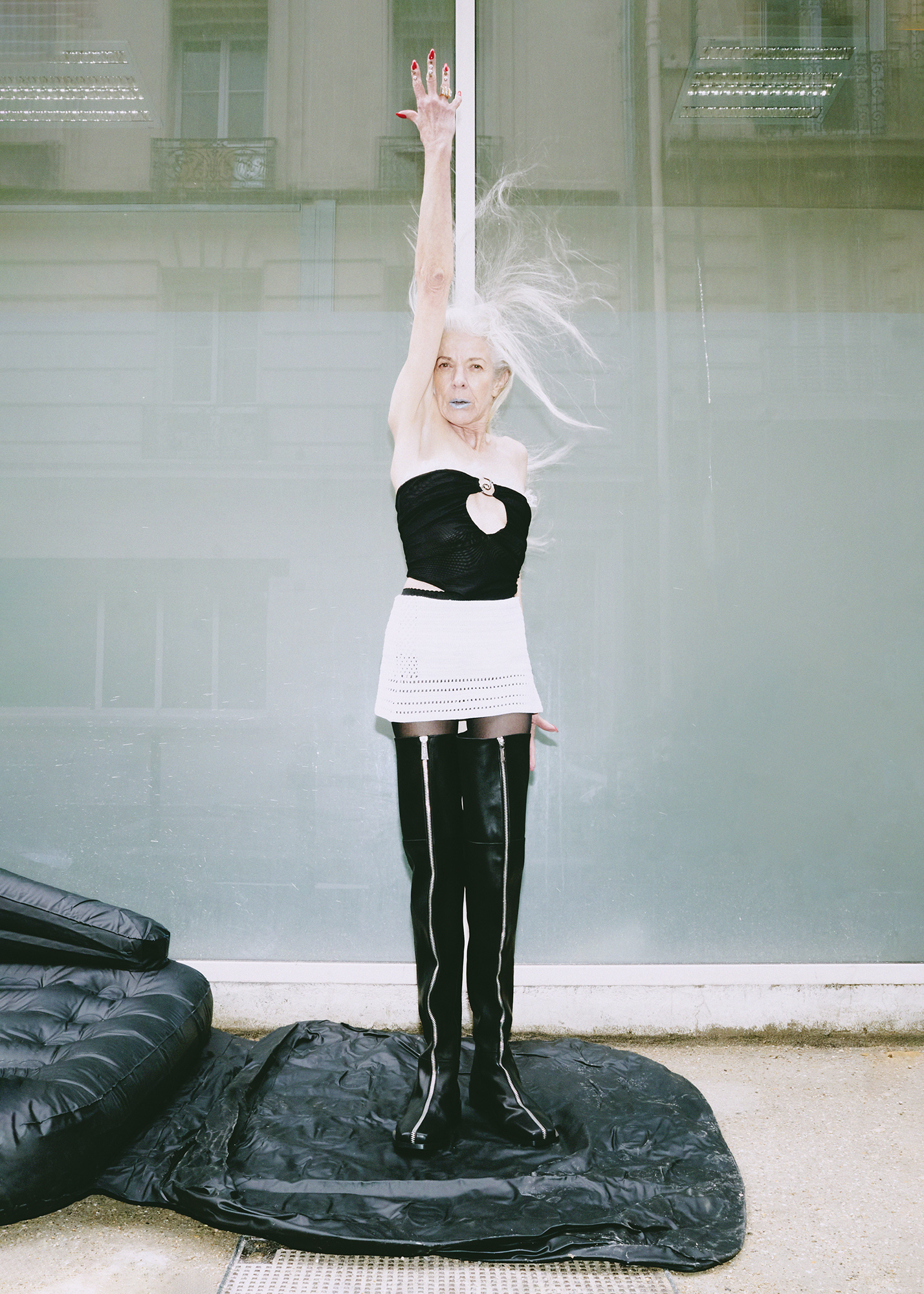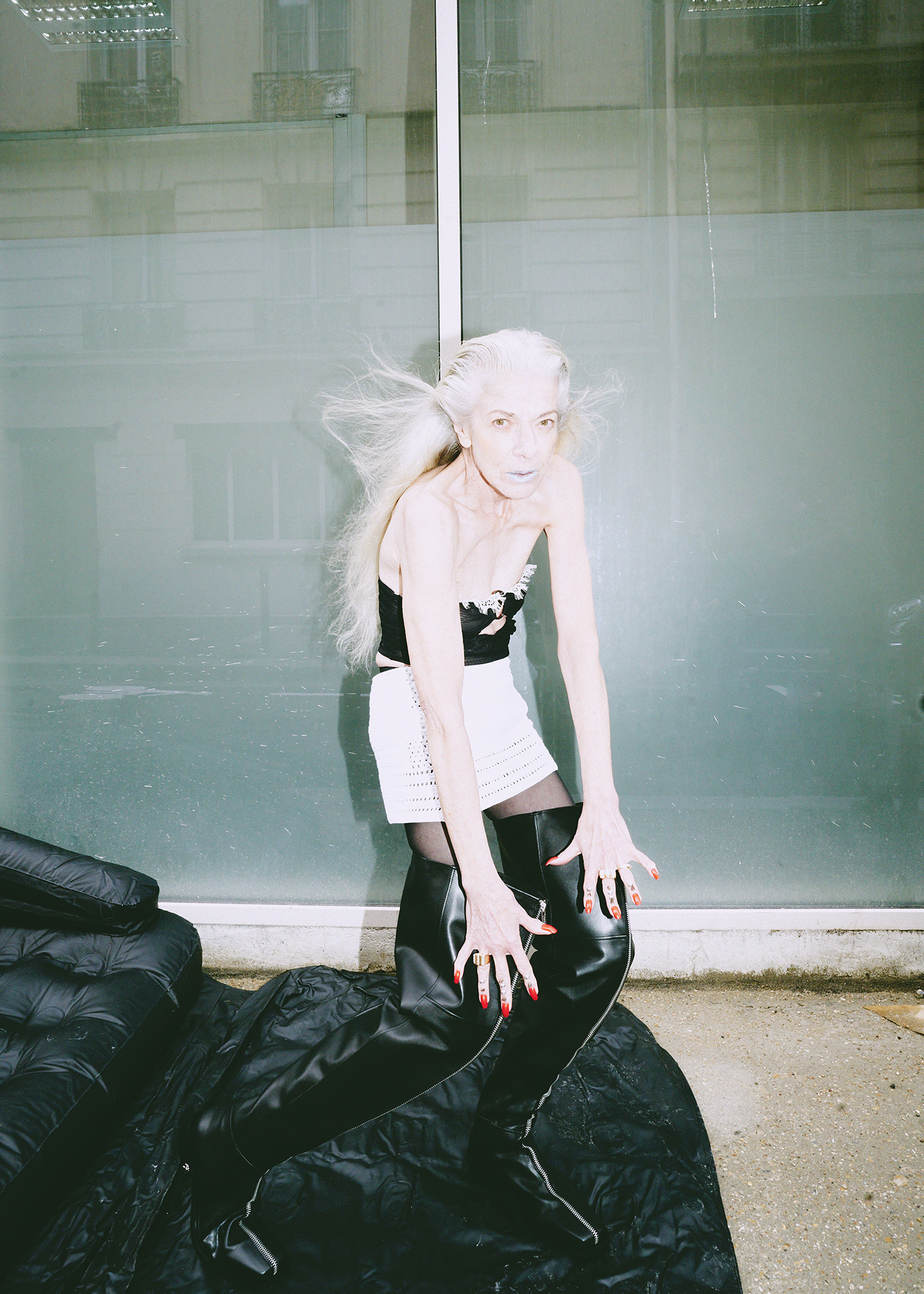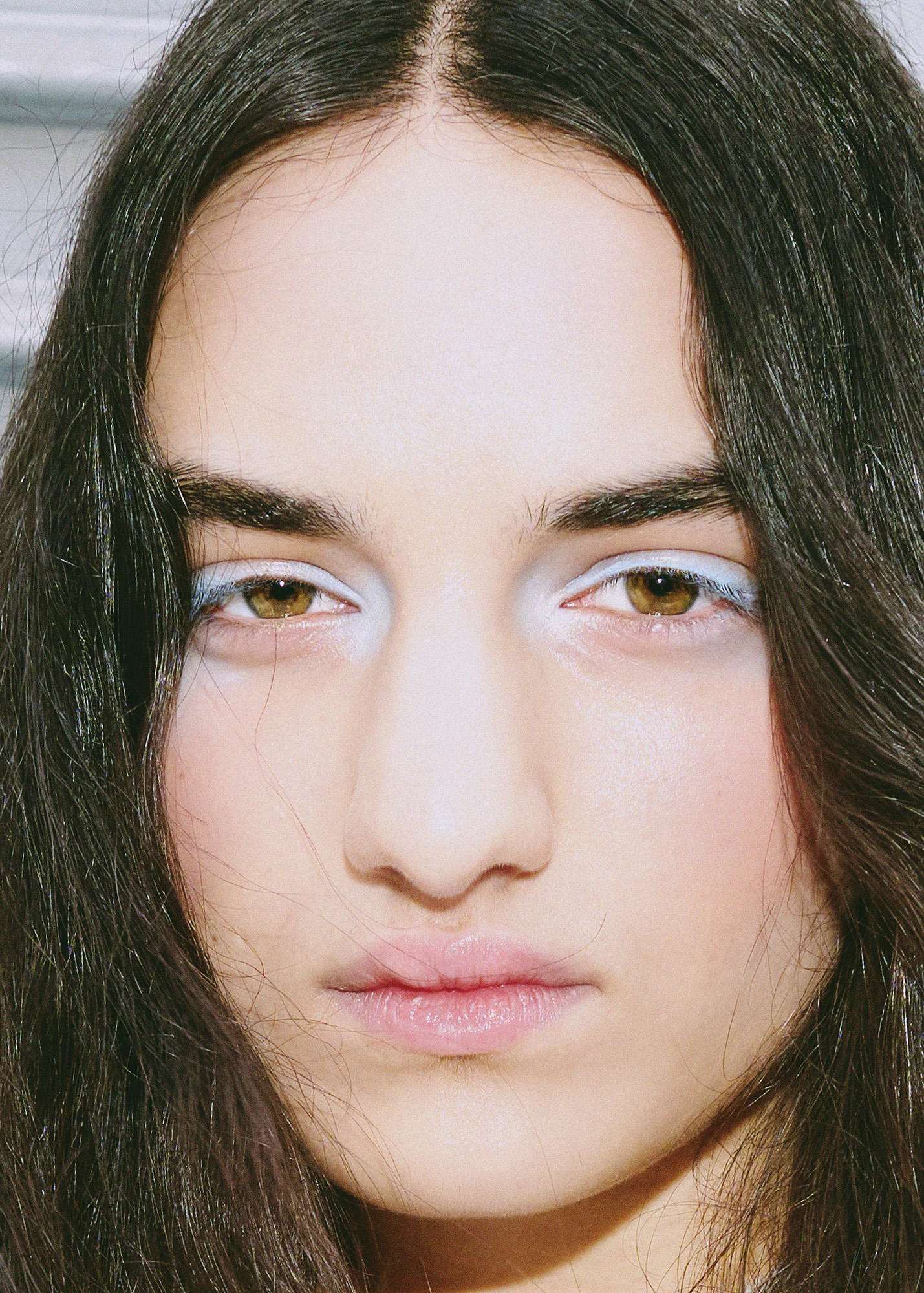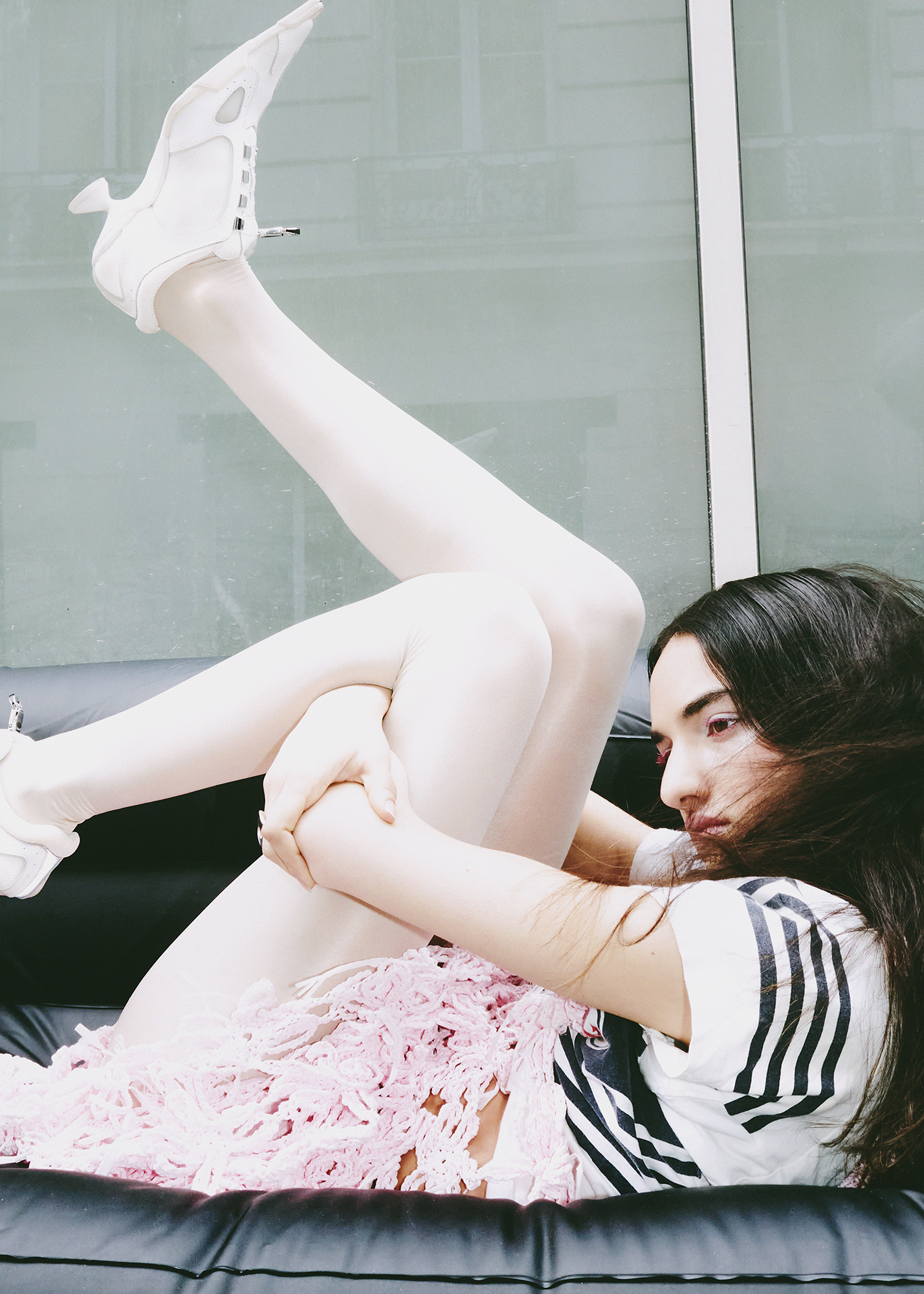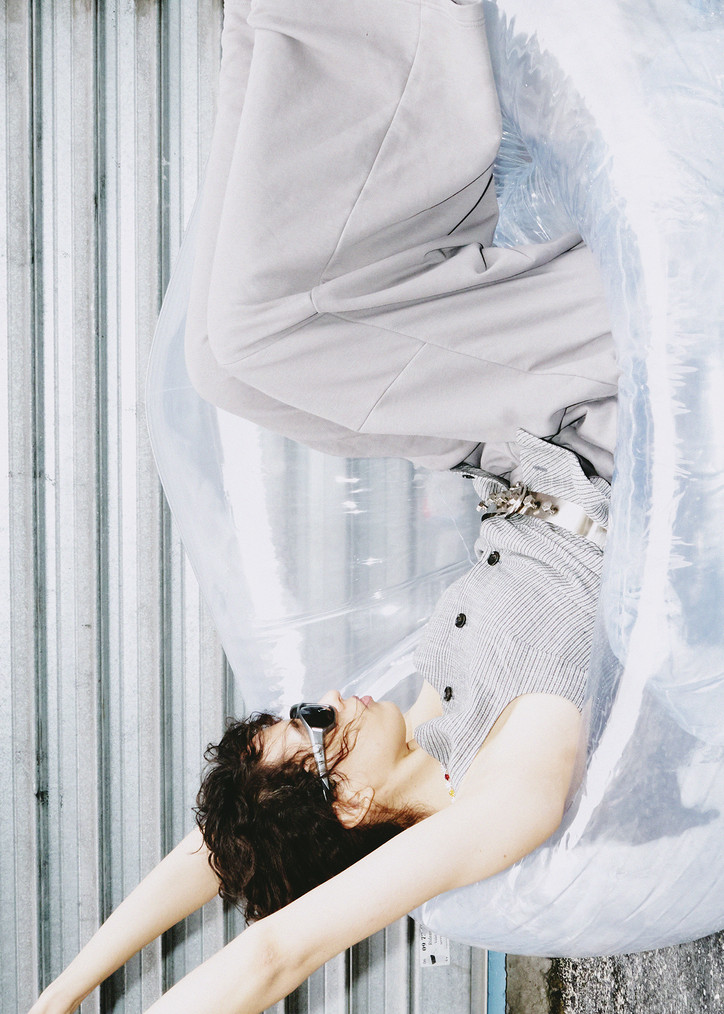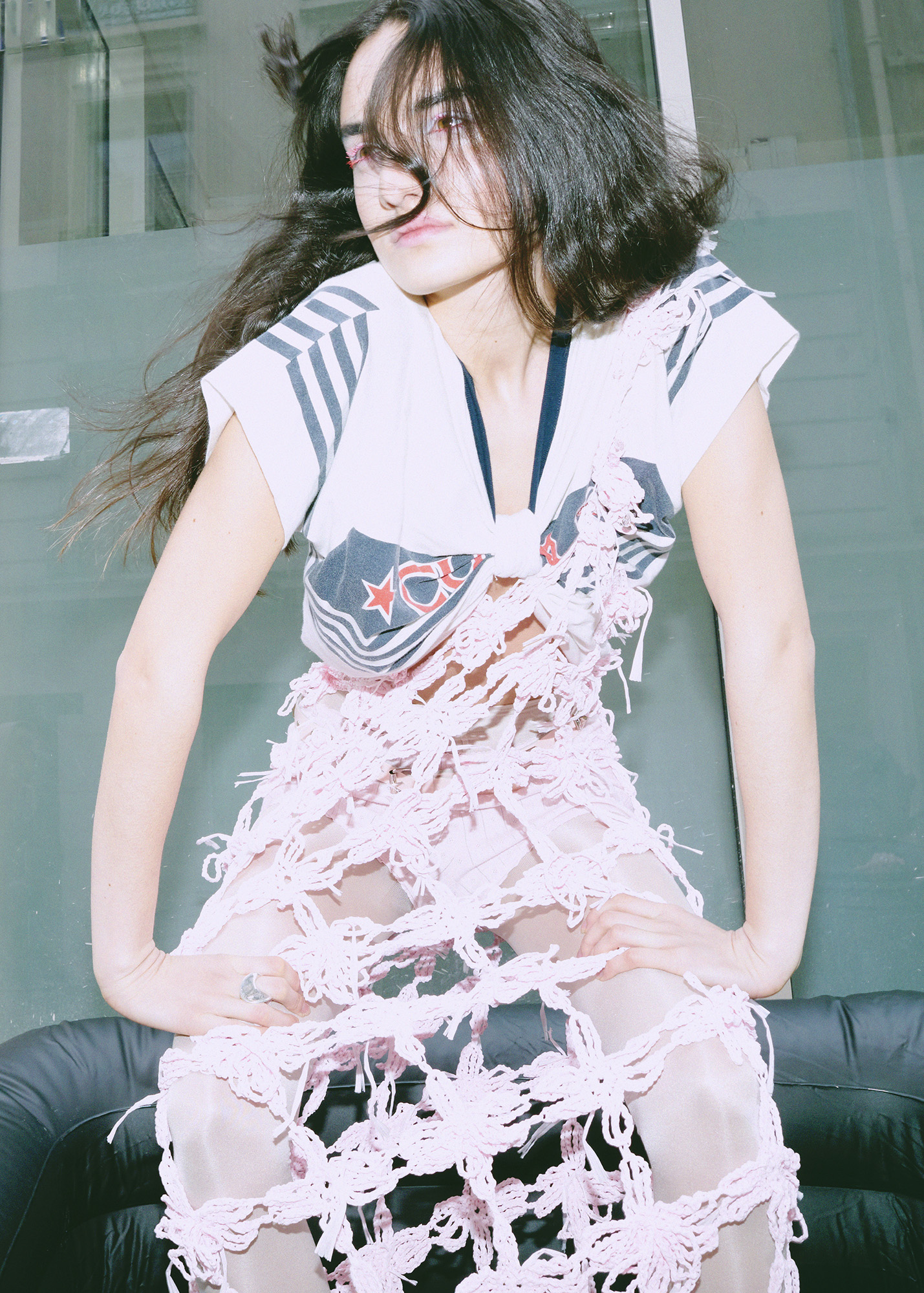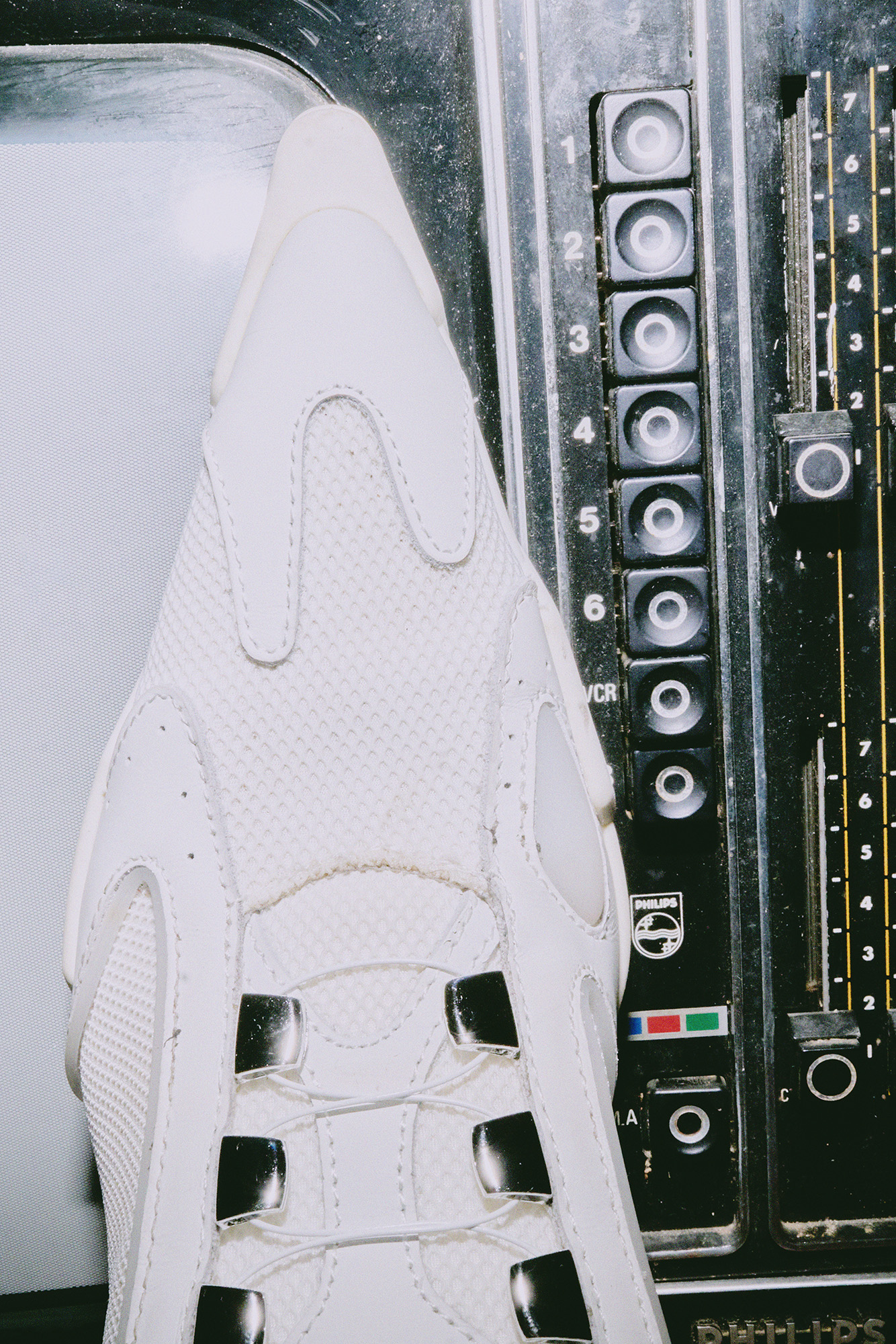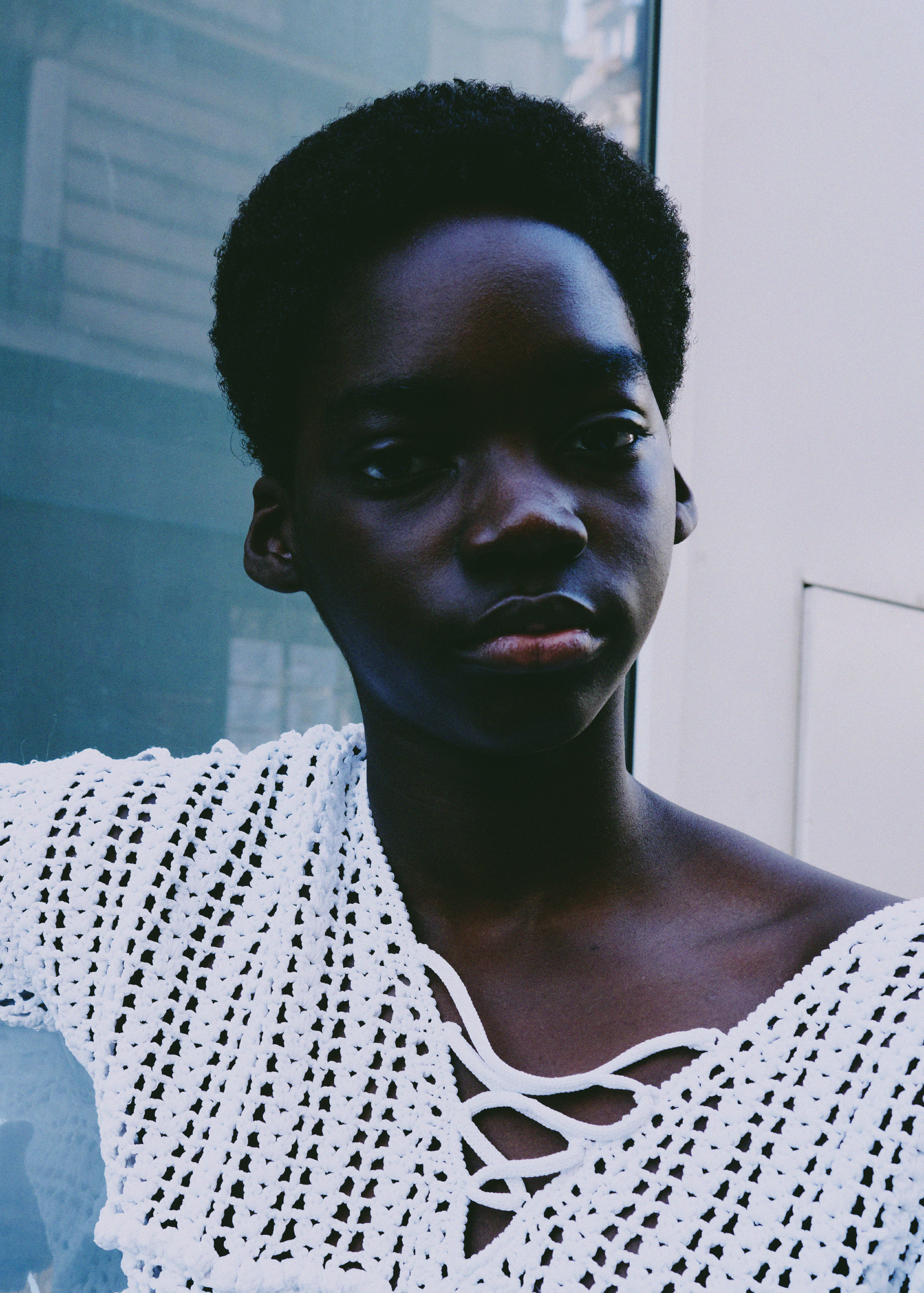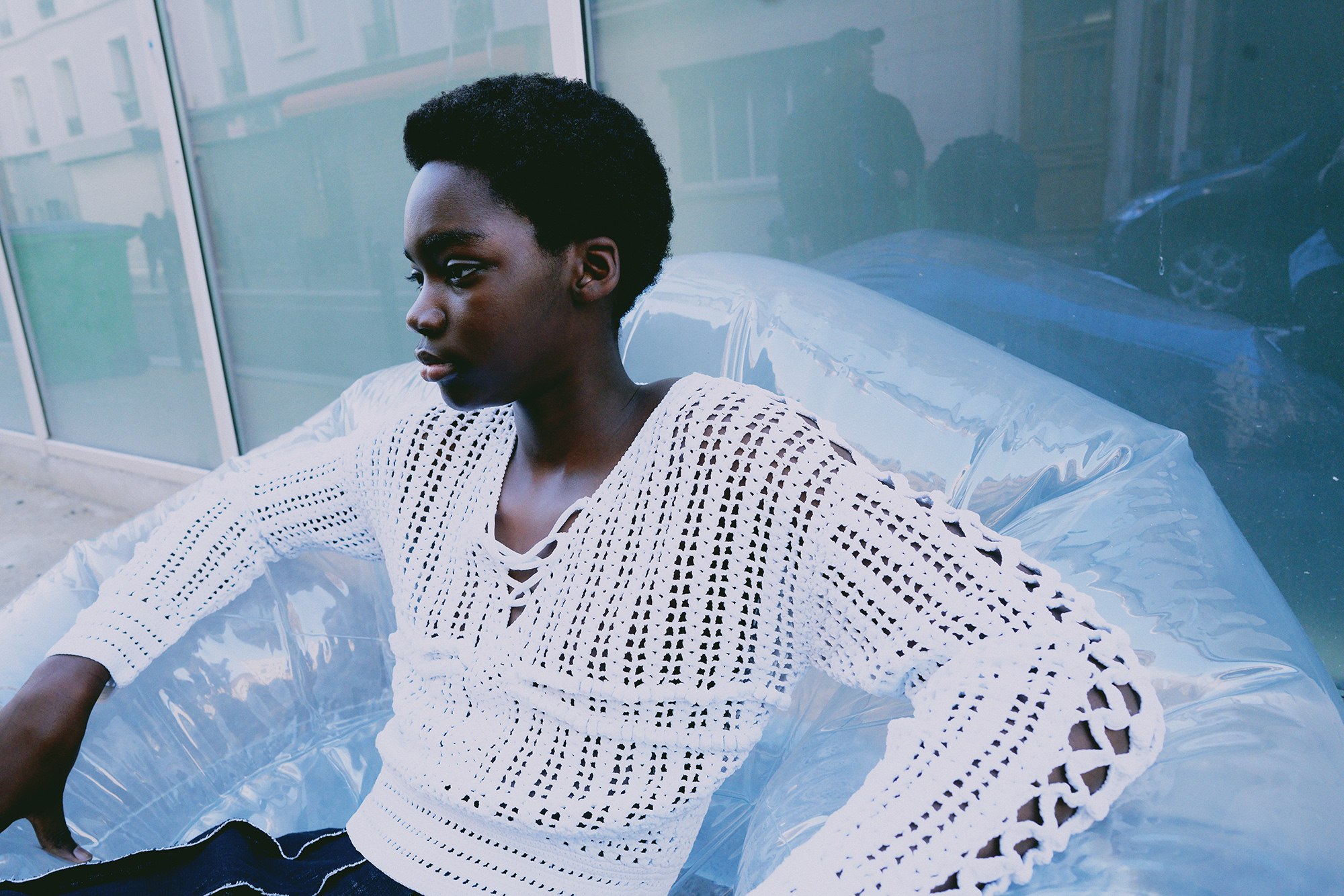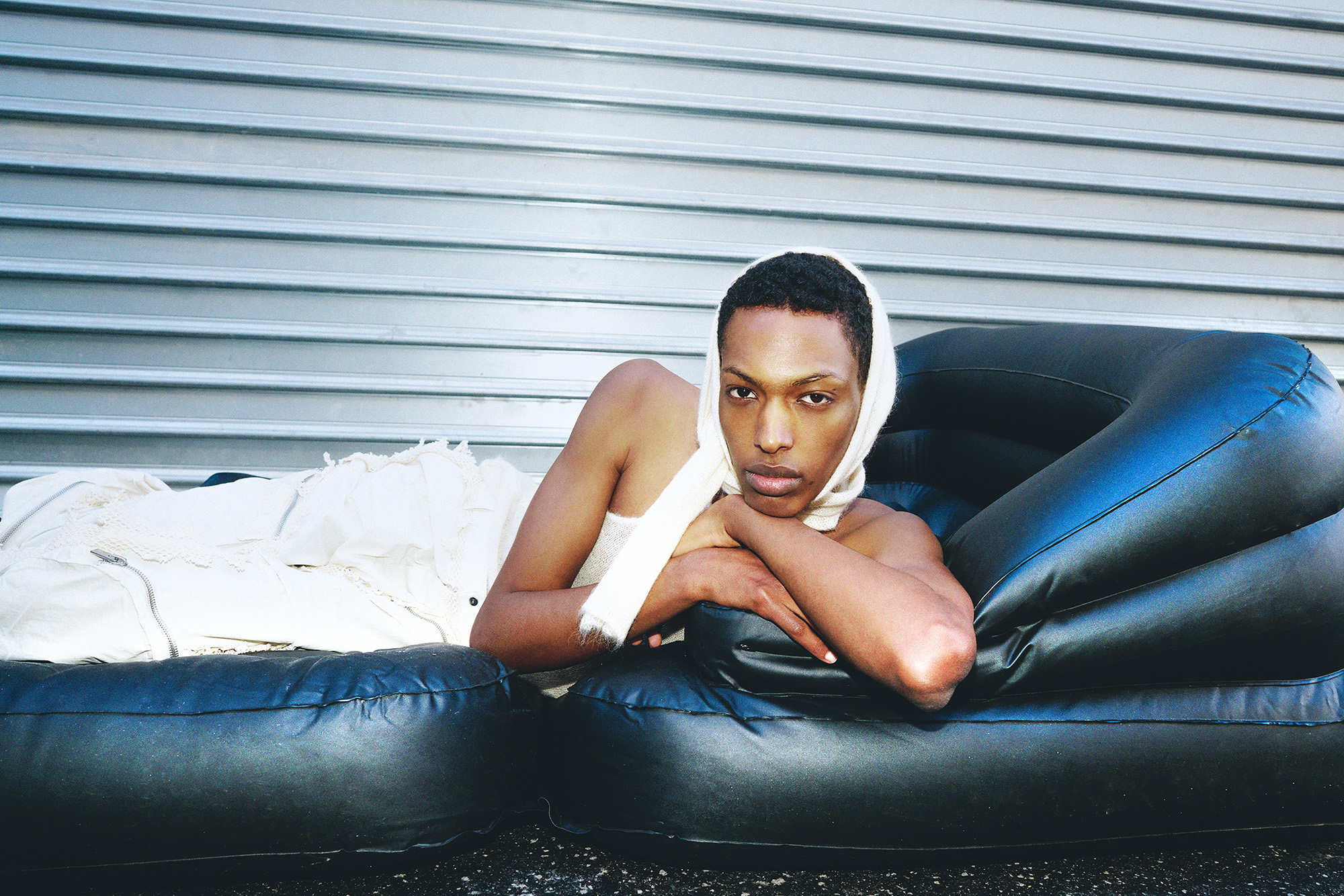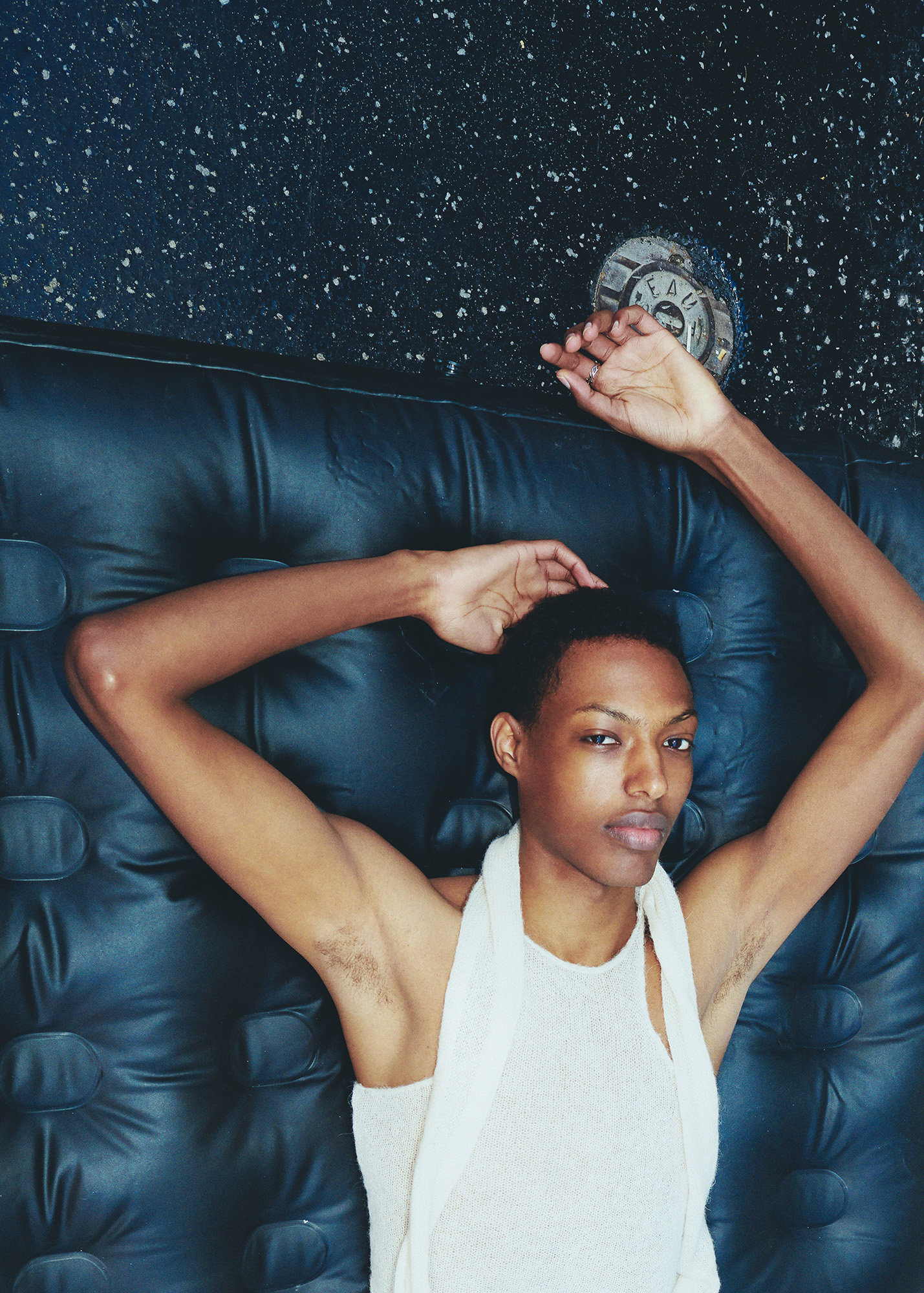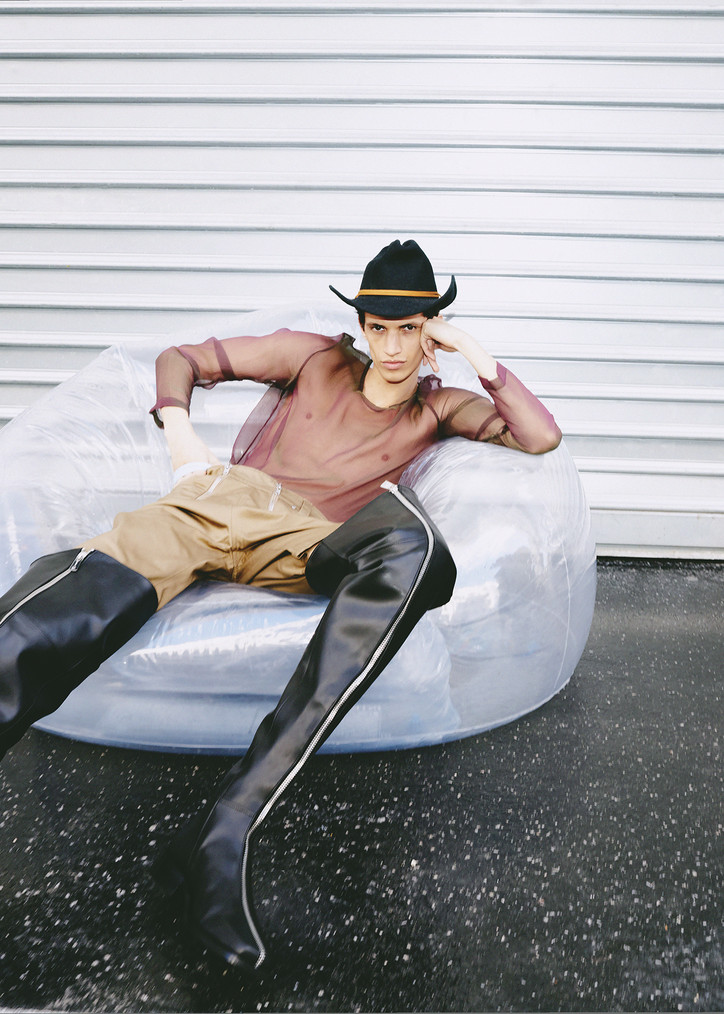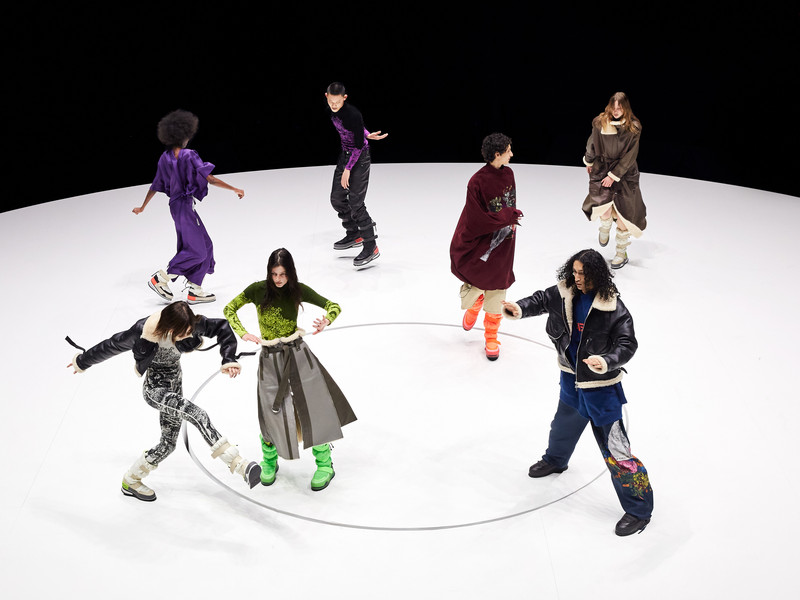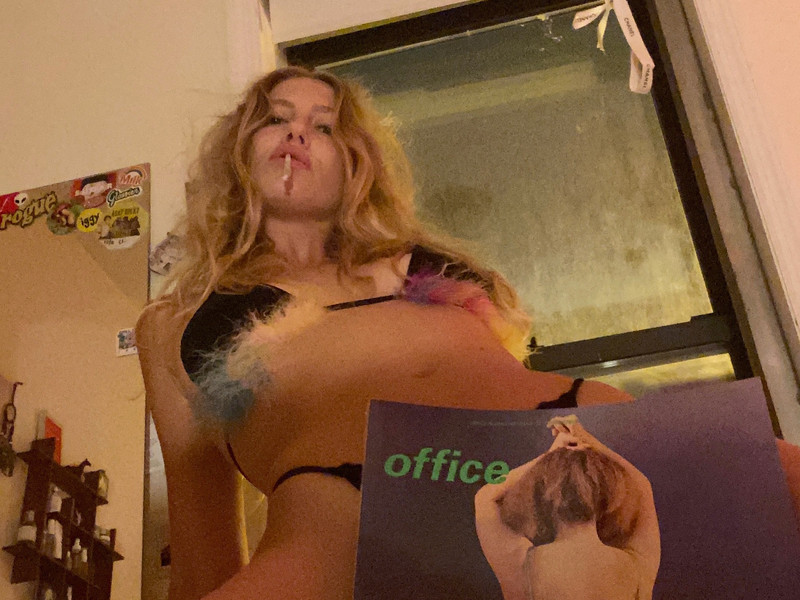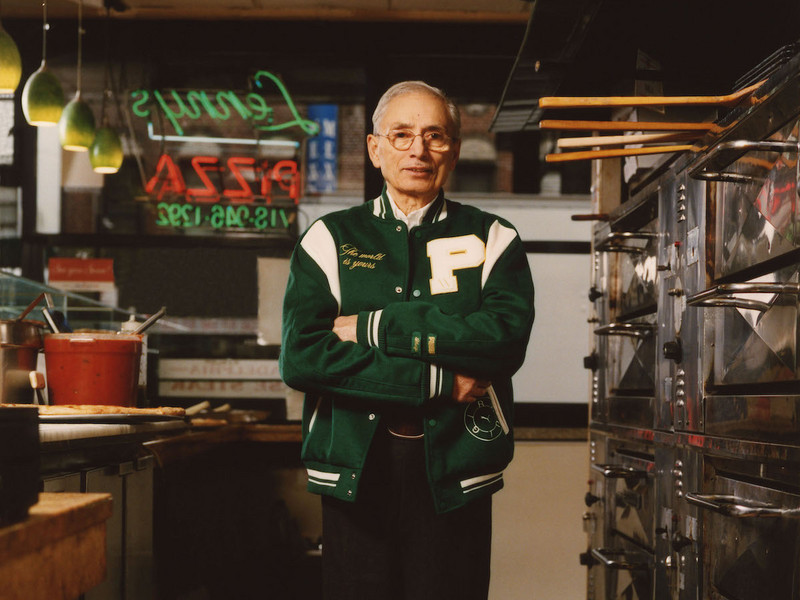LVMH Prize Finalist - Molly Goddard
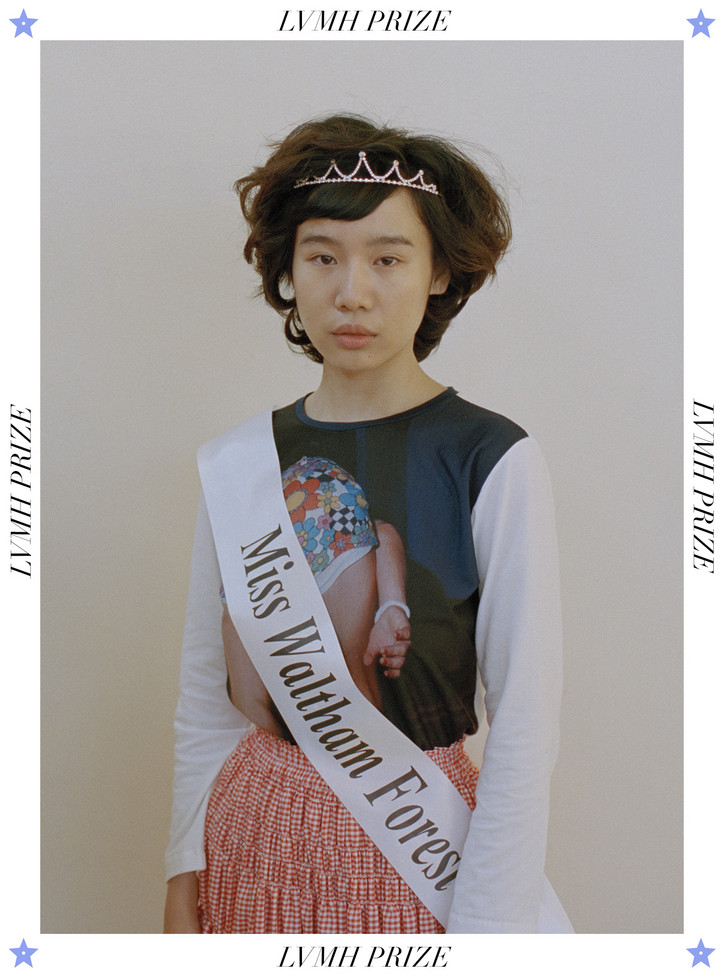
Molly Goddard’s work often reclaims a traditional feminine aesthetic that has long symbolized, if subtly, the oppression and societal strictures of young womanhood. The British designer’s bright, embroidered smock dresses—baggy, ruched, something fit for a doll—are girly, and yet still leave room for you to breathe, and, if you fancy it, to not be girly at all. Goddard appreciates a youthful sort of anti-fashion sense, finding inspiration in the way kids appear “when they’ve obviously dressed themselves, and are looking a bit mad.” Molly’s artistry perhaps comes from this defiant, almost revolutionary notion that gender-assigned styles can be reinterpreted with the fluidity and freedom of identity that we enjoy uniquely when in the enigmatic state of childhood. “You're not defined yet as a person. That’s what interests me.”
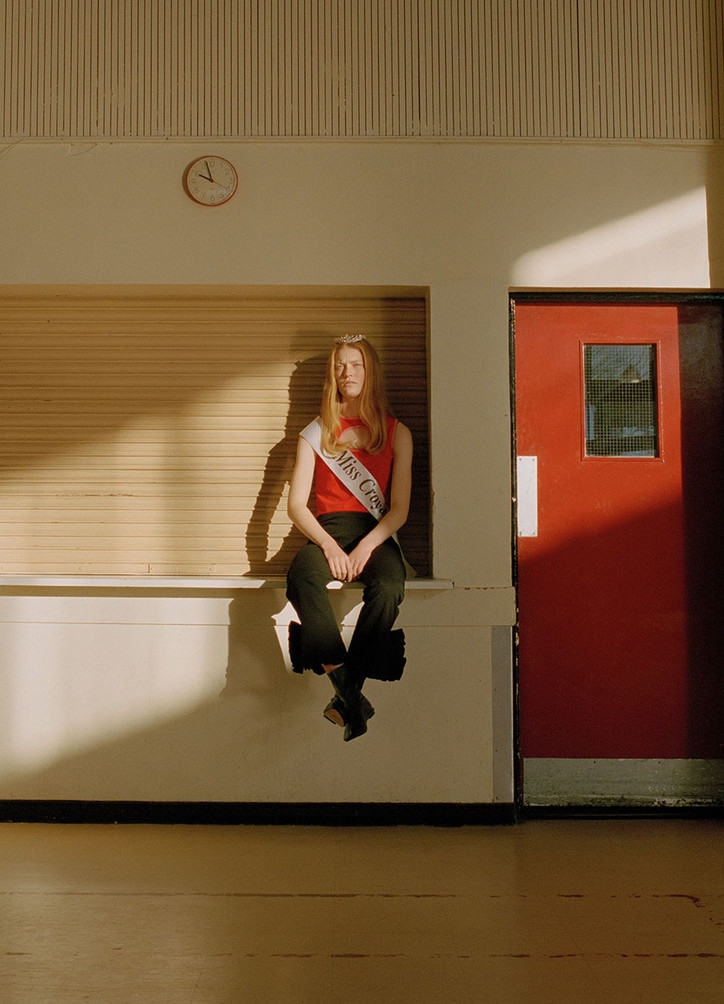
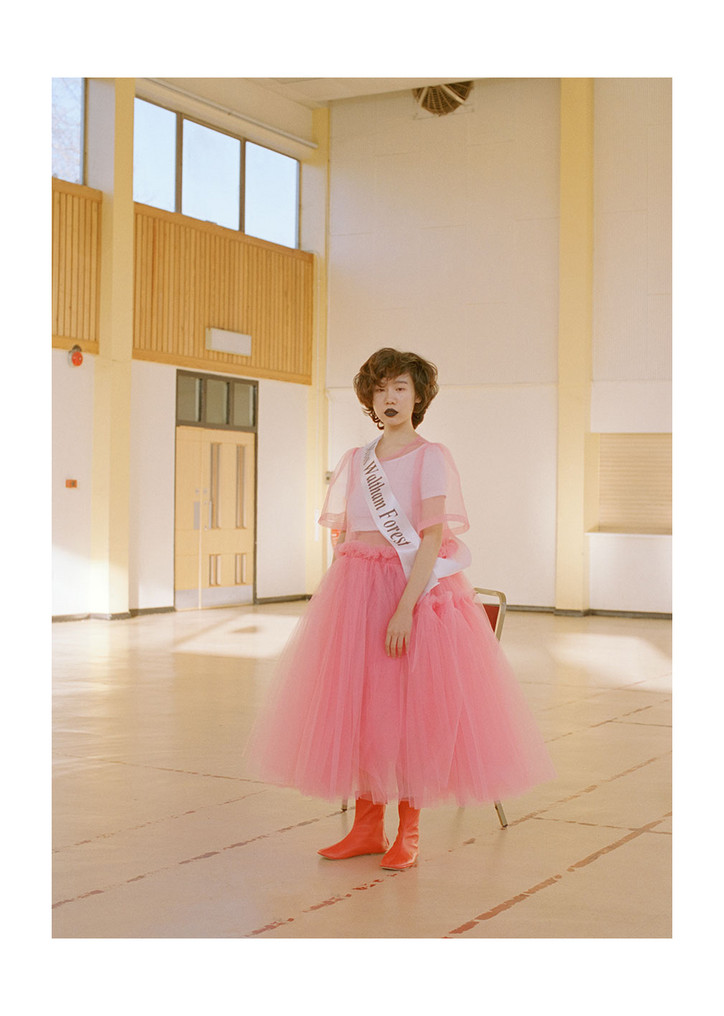
You’ve worked under some really incredible people. What do you think is the most invaluable piece of advice you’ve learned from them?
I think Louise Wilson—I mean, it was often said in a way [that made it] hard to kind of realize what she meant, because it was often shouted out or something—but I think her knowledge was so vast. The thing I’ve noticed from everyone that I’ve worked with has been their amazing memory and knowledge of everything. I think that’s a really important thing to try and have. Also working with Louise, I realized in hindsight that what she was trying to say was, do what you’re really good at, rather than try and change the world or develop newer skills.
When you were working under her, were you making the same type of clothes that you’re making now?
No, I think that’s why I didn’t do very well, because I was trying to make things totally different to anything I’d do normally and that didn’t really work. Yeah, not really anything very me and I think that showed because it didn’t really have any conviction to it, I suppose. I think you need to have a reason why you’re doing it, even if it’s just because you like it.
Do you ever sort of get pushback or any criticism from using the term “girly”?
I don’t know, I think I use it very lightly if at all. I don’t want to be too closely associated to that because I think it has the kind of connotations that aren’t completely positive. But I think it’s a useful, descriptive word. I don’t think it’s a bad word. I don’t know, I guess I’m always keen to not be put into that bracket of pretty, girly clothes. My clothes are a bit more than that. I’d like to think so anyway. [laughs] And I’m not very girly.
I read you’re inspired by kids’ clothes—what were you wearing as a kid?
I wore a real mix of things, like a really pretty white cotton smock dress, and then another day I’d be wearing a tracksuit and a T-shirt and a hat. I was mainly mistaken for a boy. So I think the kind of combination of the two is where it all comes from, I suppose. It’s two kind of extremes brought together. But I was never dressed up to be on display, it was always me having as much fun as I wanted with what I was wearing. And you could see my mom had some fun dressing me up.
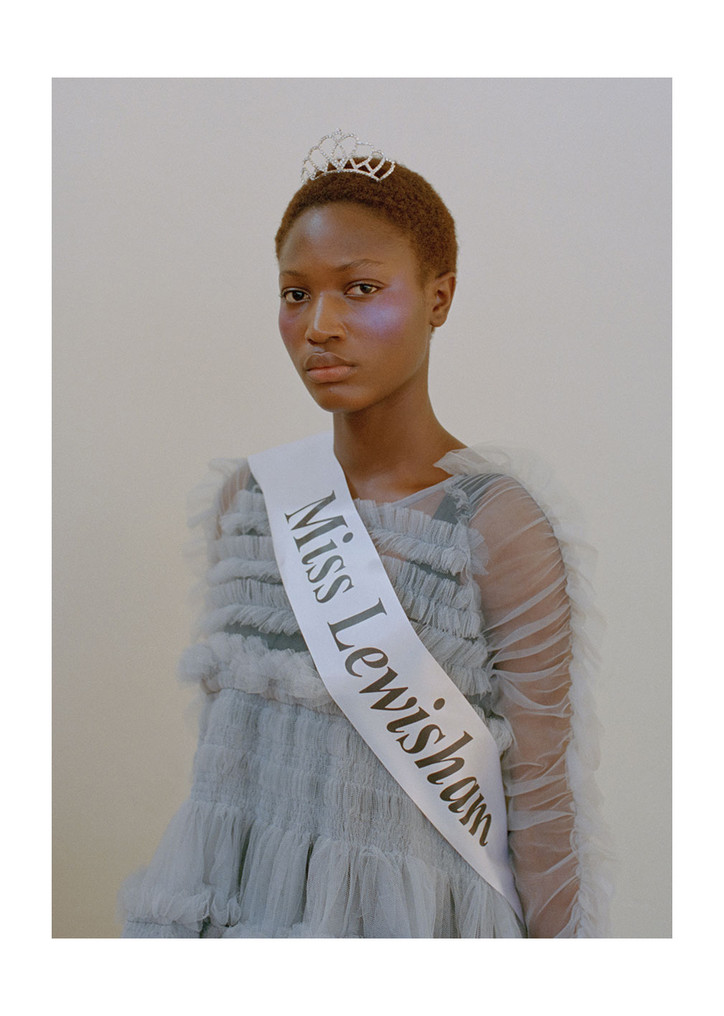

You’ve said how much you like the fashion scene in London. Do you feel that it’s better than New York or Paris? How do you think they compare?
I think they’ve all got their own pros and cons. I think Paris is amazing because it’s so over-the-top and grand—it’s kind of the finale, I suppose. But for me, I grew up in London so it’s very much home, and I don’t know, at the moment I wouldn’t want to be anywhere else. It’s exciting doing something professionally in the city that you grew up in. And being able to show at the places that you could never even dream of a few years ago. You know, we did a show at Tate Britain and that was amazing because I’ve always loved that as a gallery space, and I never imagined I would do anything there. It was amazing to have my own stuff in there, even if it was only for a night. It was so exciting. So for me that’s what I love so much.
What’s the most interesting or inspiring way you’ve seen someone style your clothes?
There was a Beauty Papers thing someone did and I thought that was really lovely because it was about skin, and skin through the tulle which was really amazing. I think Tim Walker and Jacob K did a Vogue issue that I loved. They used my stuff in a few things and it was really transformed. There were two shoots—one with Kate Moss which was really romantic and another one which was a bit weirder and darker. And it was nice to see the two in the same issue. Then also my sister Alice Goddard, she’s a stylist and she always uses my things. I always like seeing what she picks because often what I don’t imagine she’d like is what she ends up picking. So I think that’s interesting to see. And we work closely together on the collection.
Is there something you’ve always dreamed of doing with your clothes that you haven’t been able to do yet, whether it’s designing costumes for the ballet, or for a movie, or something like that?
I would love to do a ballet, because I think you do have to think about things so differently, I’d imagine. I would hope to do something very unexpected. I’d probably do something as far removed from ballet clothes as I could. I’ve only been to the ballet once but it was so amazing. Apart from that, I’d love to do more leather accessories, bags—I think that would be fun. We are going to do it but it’s just quite hard.
Is there a material that you would never want to work with?
Fur. I don’t think I’d want to work with fur. There’s such good faux fur nowadays that I don’t think it’s necessary.


Where do you source your fabrics?
All over, really. I do research online and we go to fabric sales. It’s really hard sourcing fabrics actually—I find it’s one of the hardest things. And always the minute you find the fabric you like you can’t get it or it’s discontinued or you need to buy 3,000 meters and you don’t need that much. So I find it very hard, but I try and find core fabrics that we use again and again in different ways. But mainly Italy, and the UK, and Portugal.
What is something—whether it’s a book, movie, or album—that you can consistently turn to for a jolt of inspiration?
I always go to the library at Saint Martins for inspiration. I suppose Vogue—well, Italian Vogue. My sister has loads of Italian Vogue. I never sift through it and don’t find something. Or photography books, like kind of documentary, reportage photographs of people. Tina Barney and Henri Cartier-Bresson and things like that. I always like looking at those books.
What do you wish there was more of in the fashion industry today?
Maybe more money? [laughs] I don’t know, I’d say money because it was really fun when everyone had loads of money to do really frivolous shows. There aren’t many things that are meant to be quite so frivolous as fashion, so I think it’s kind of a good thing to celebrate in that way. But then I also find I’m most creative when I don’t have the money to do something. And we definitely always work on a really tight budget. I suppose I wish there were more of the theatrical shows that there used to be.
Who is the most fun person you’ve worked with?
[I once] did a shoot with Tim Walker for i-D. He took a photo of me and my mom and my sister and then seven of the models we had in the show in dresses and warm coats. That was pretty amazing because I’ve always really admired him and it was nice to see the way he worked. It was a very warm environment to do something in.
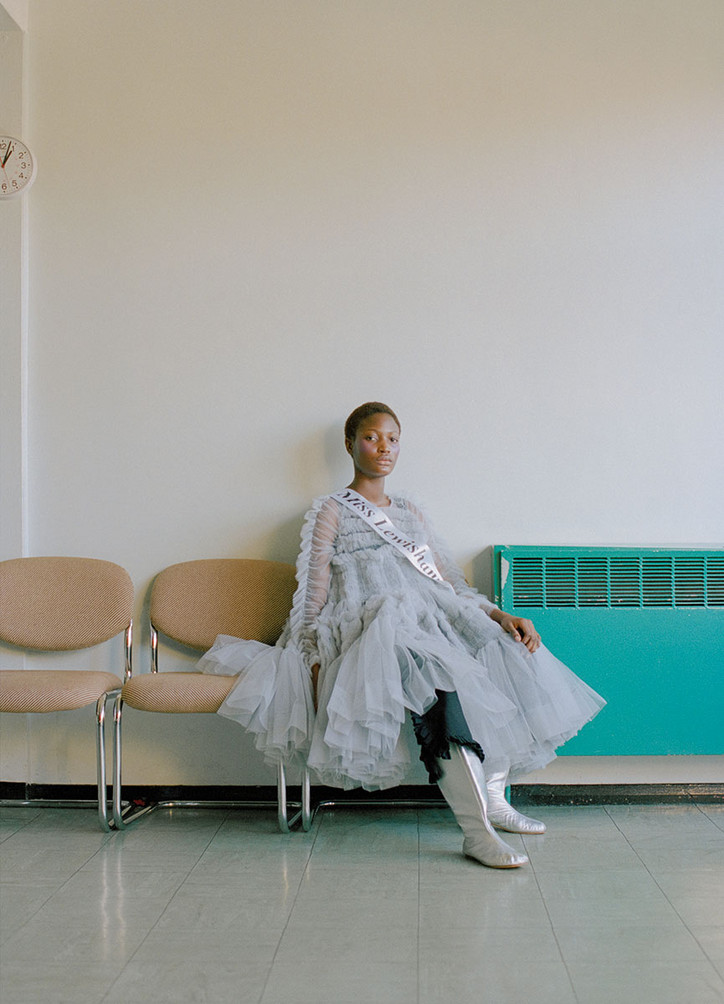
An extended version of this interview originally appeared in office magazine issue 06.
